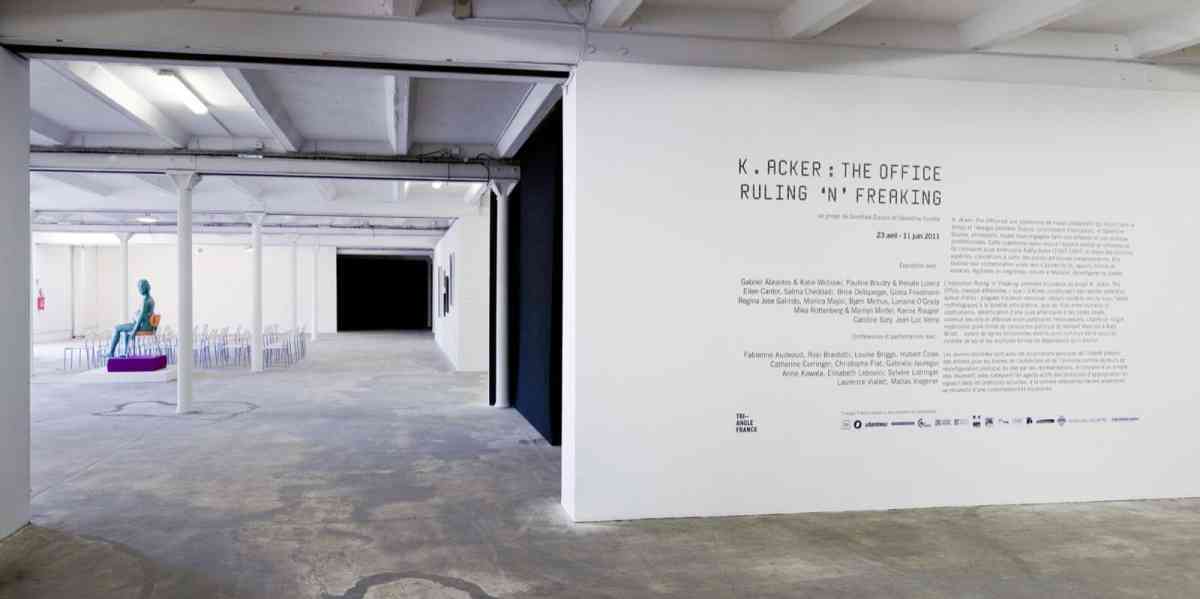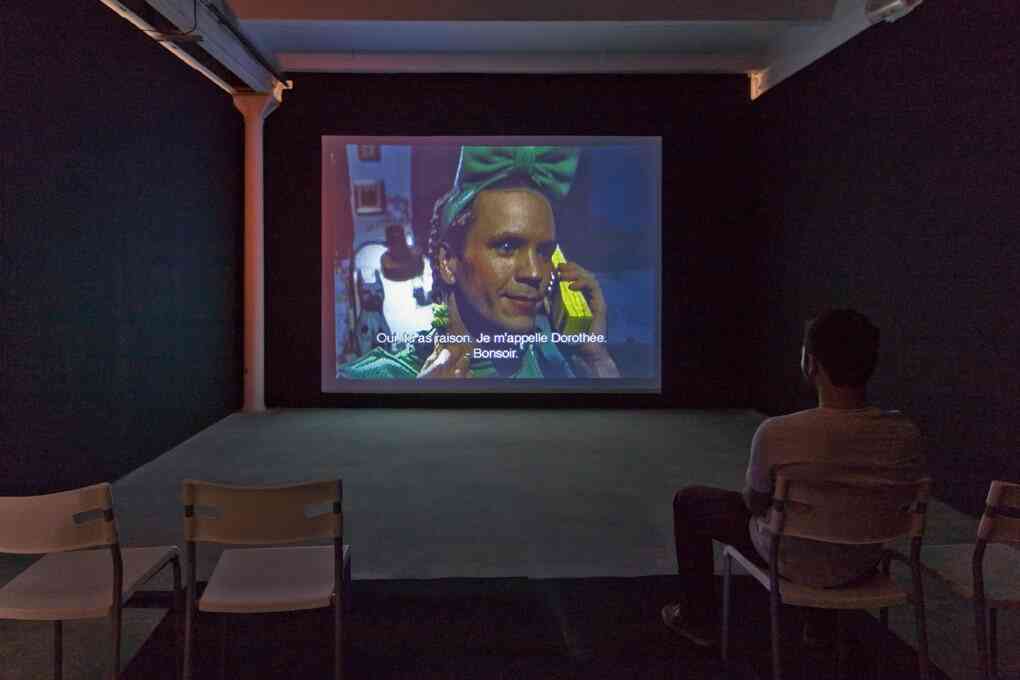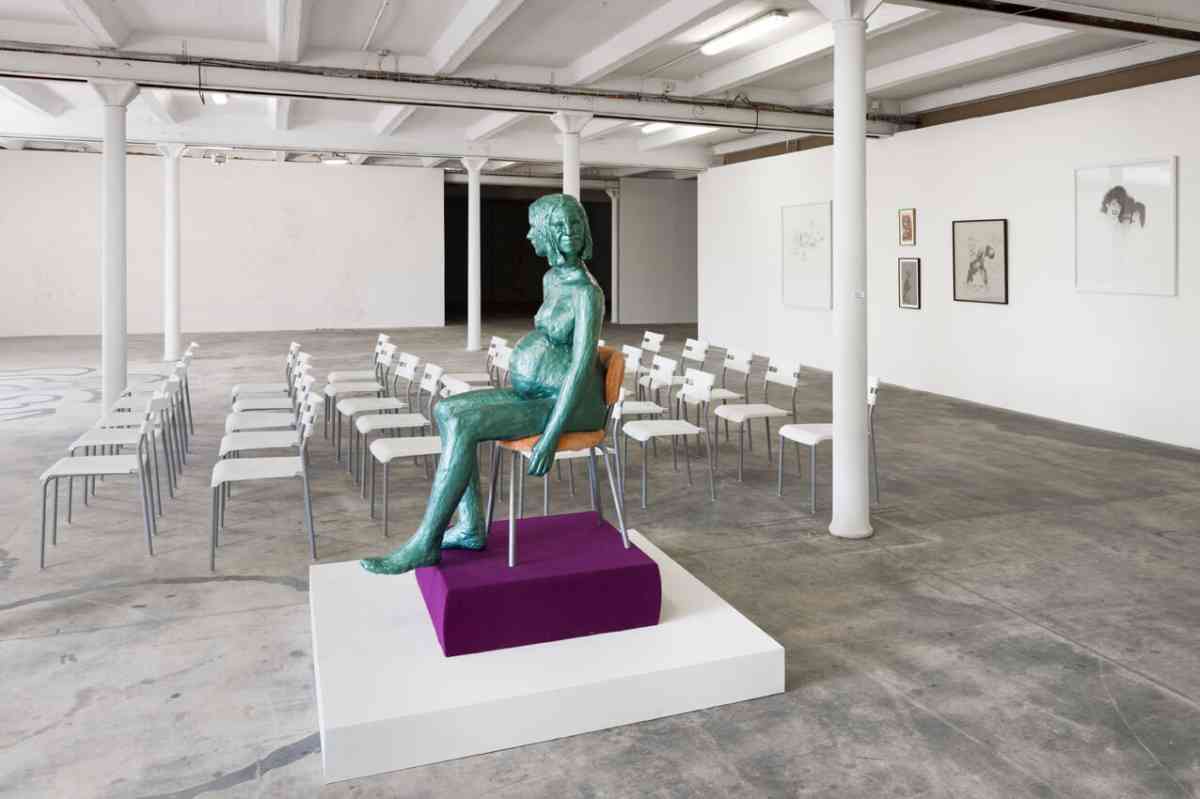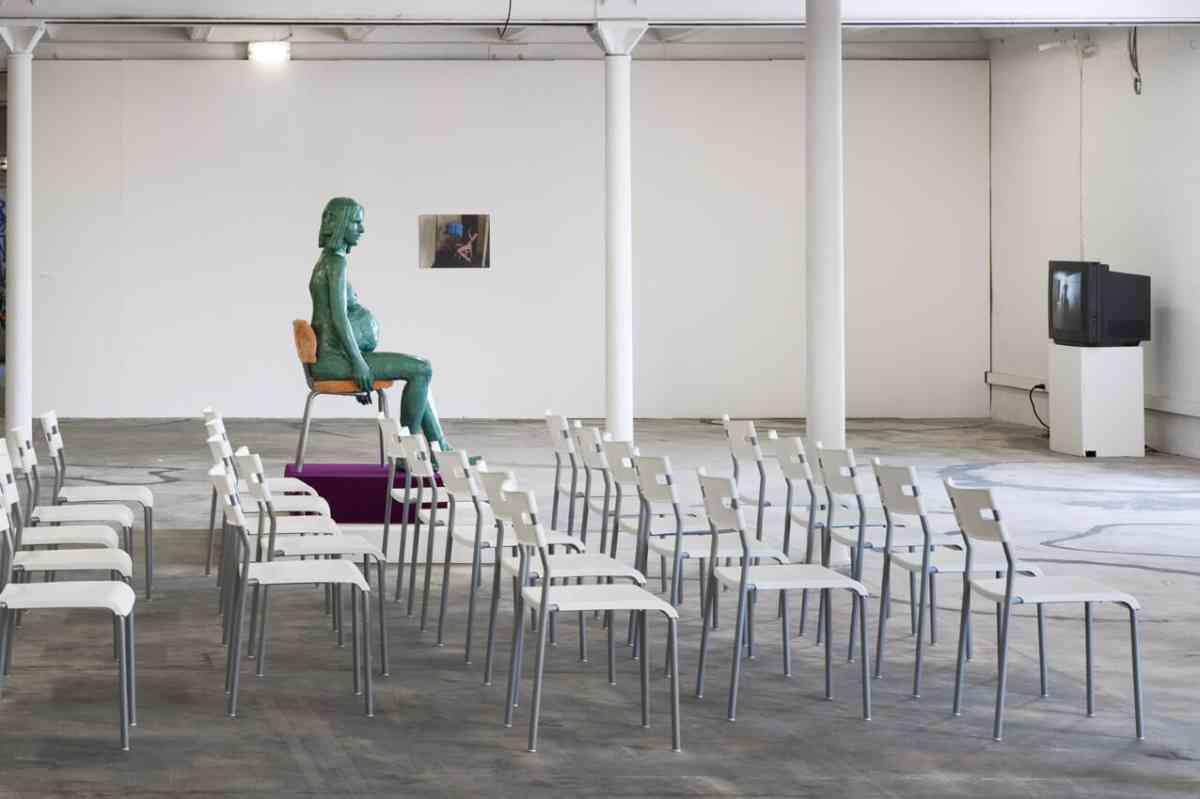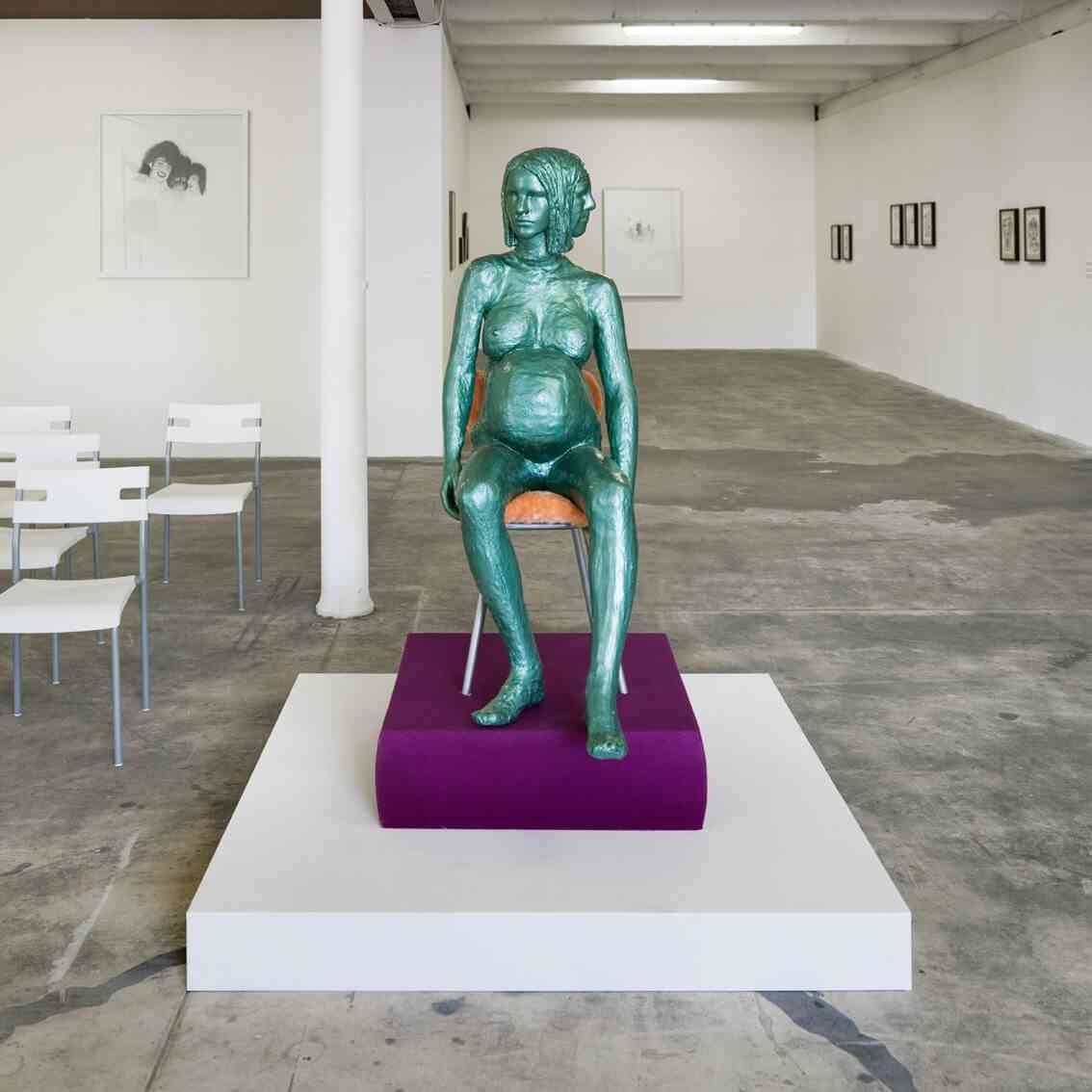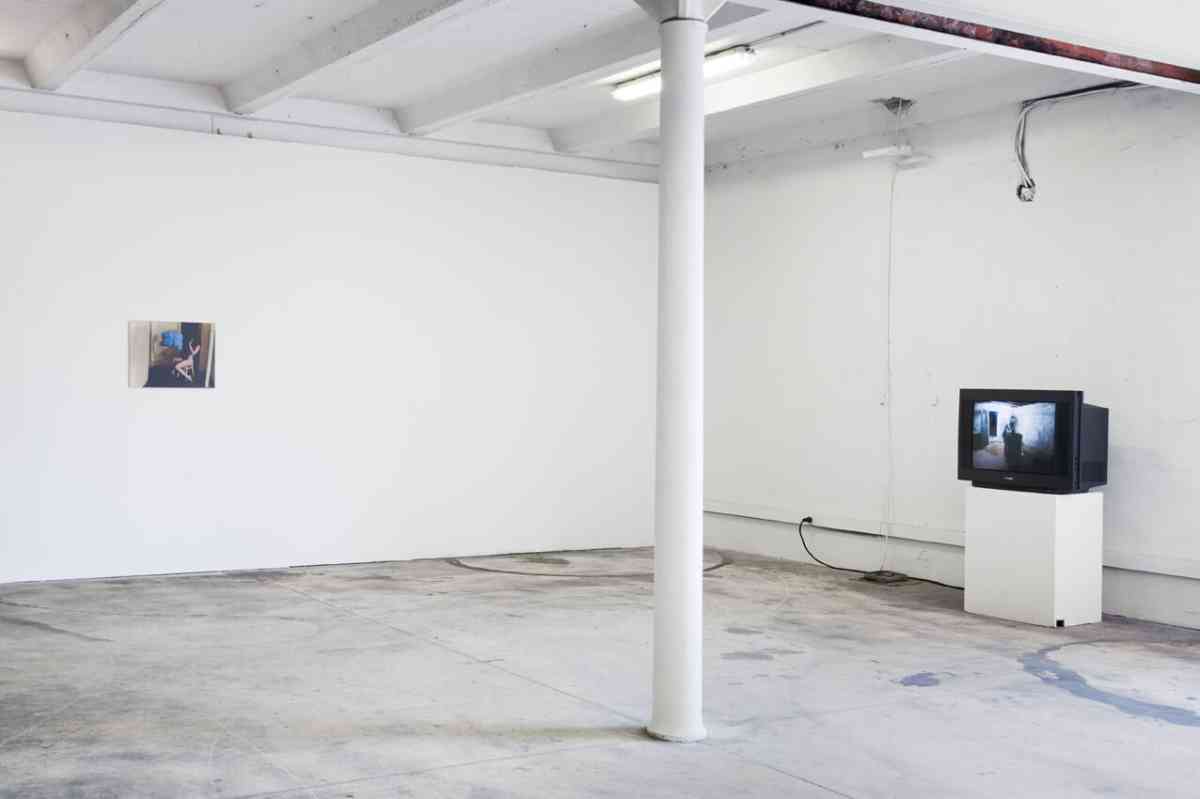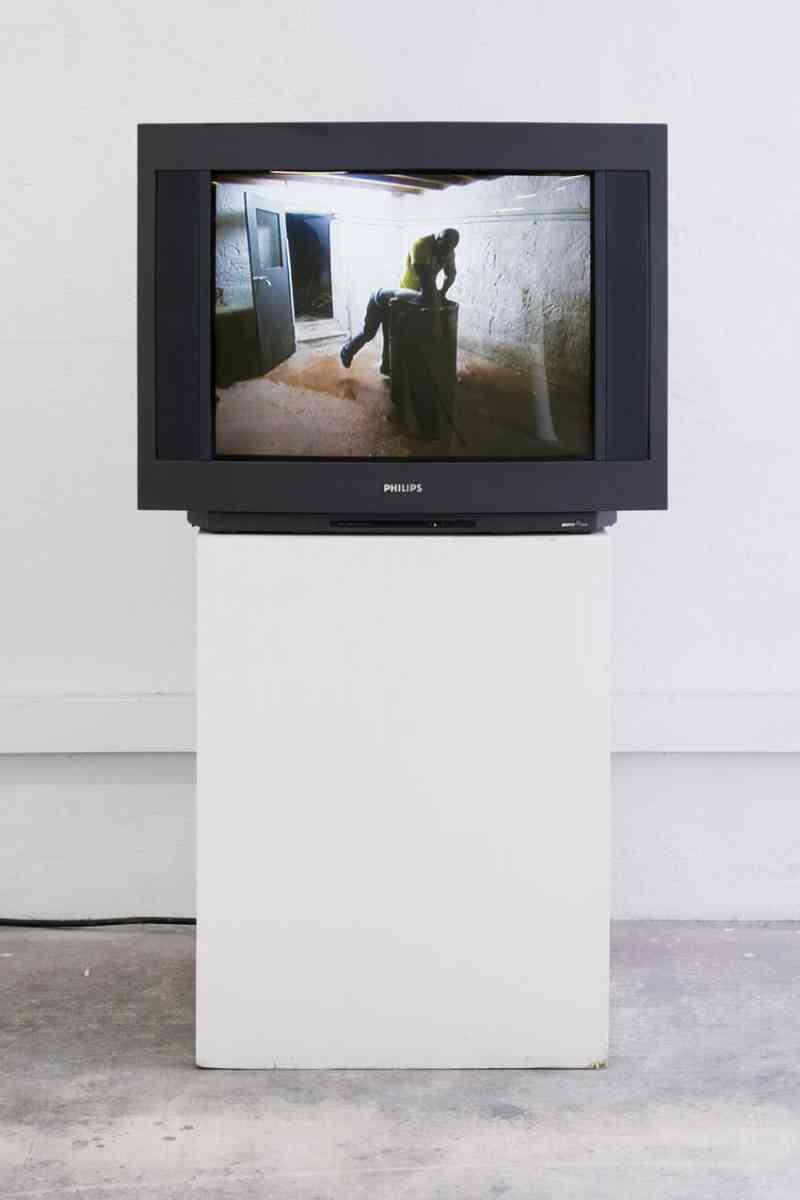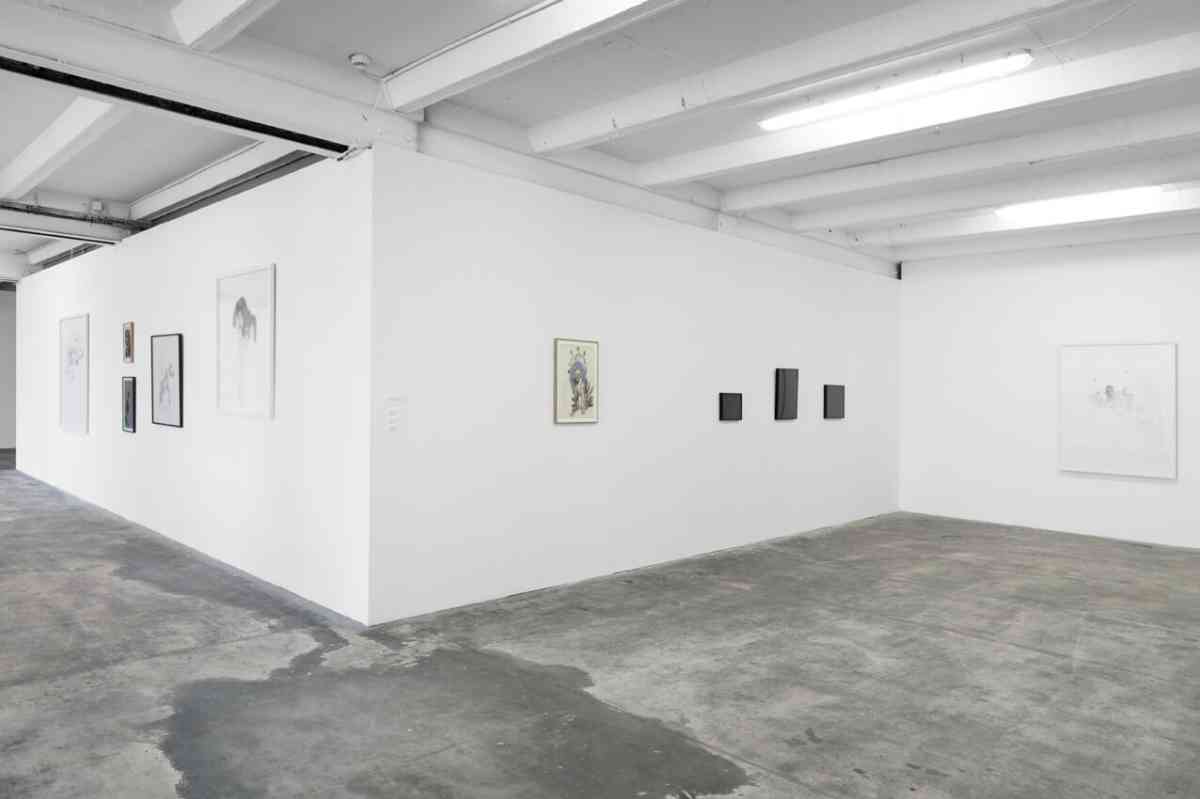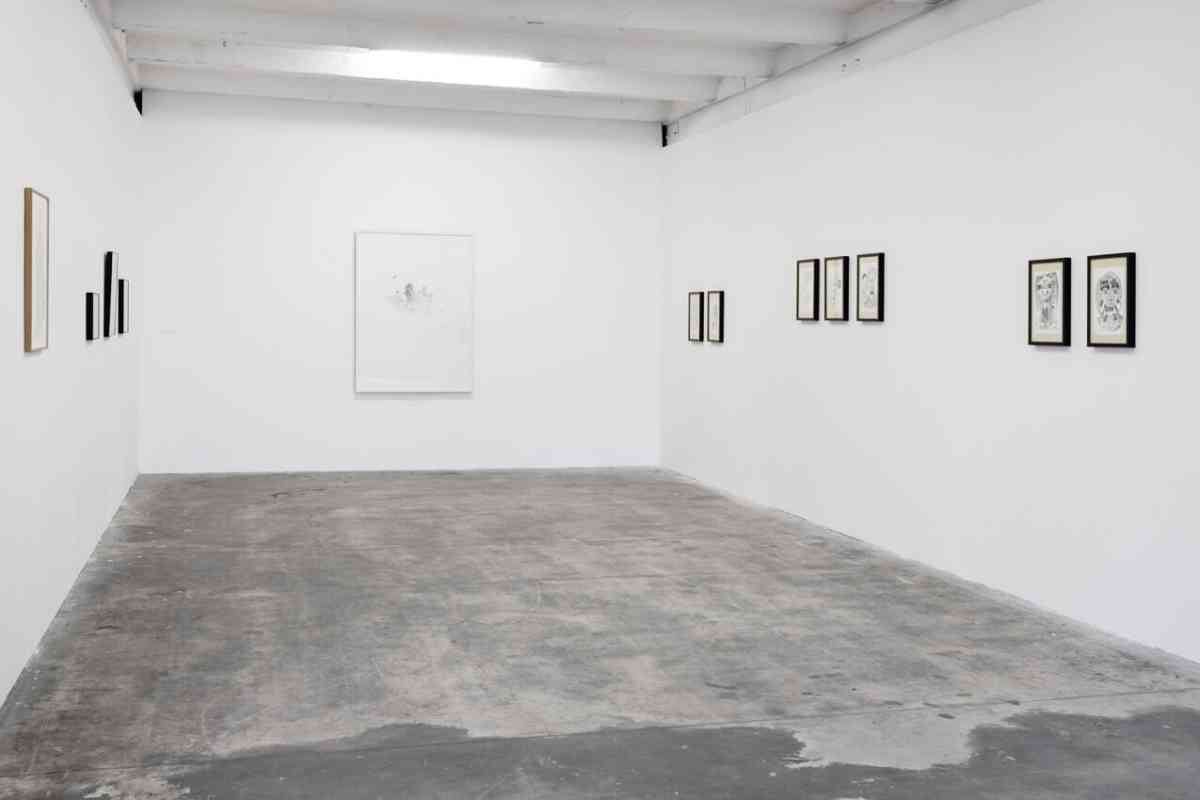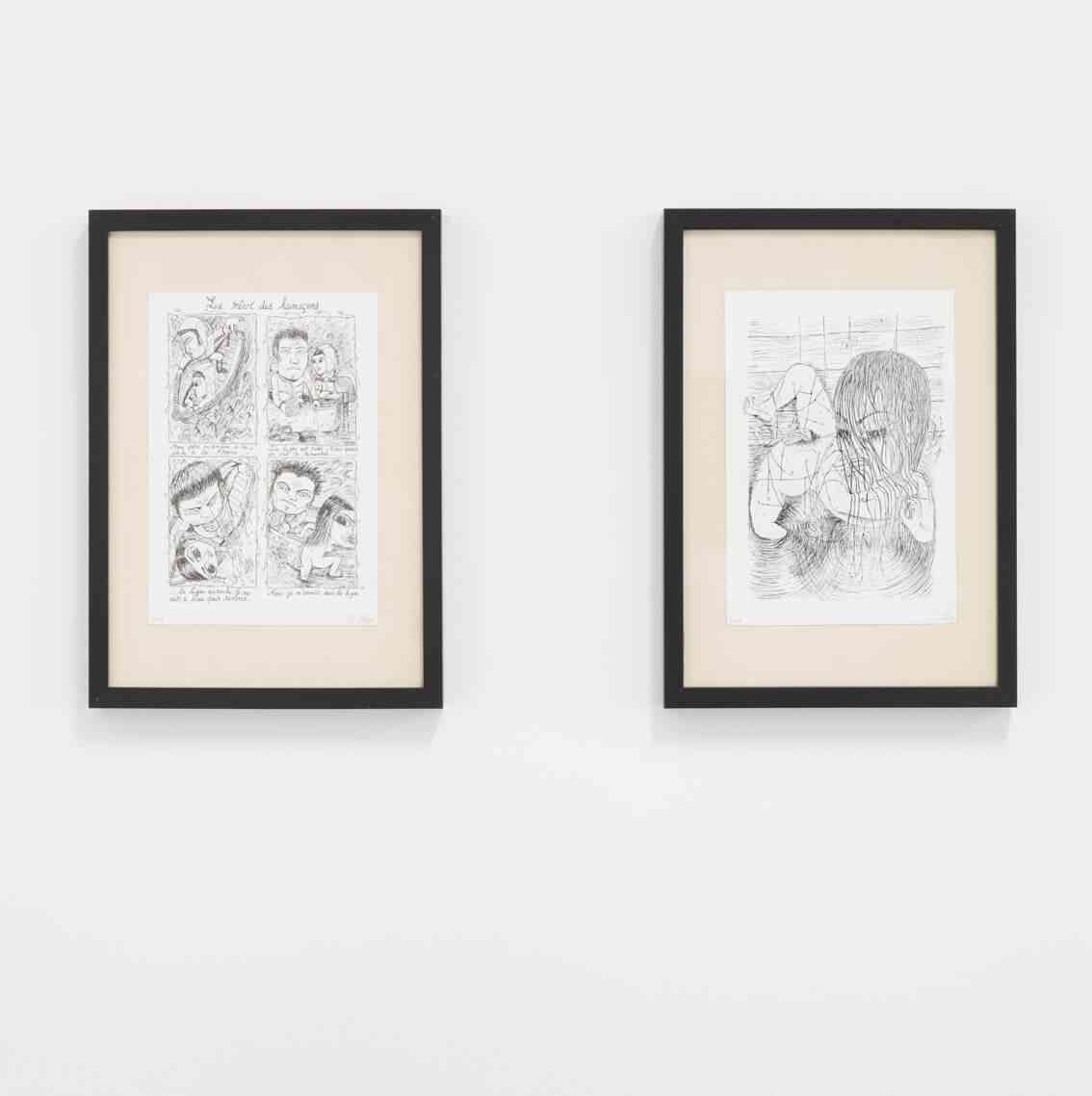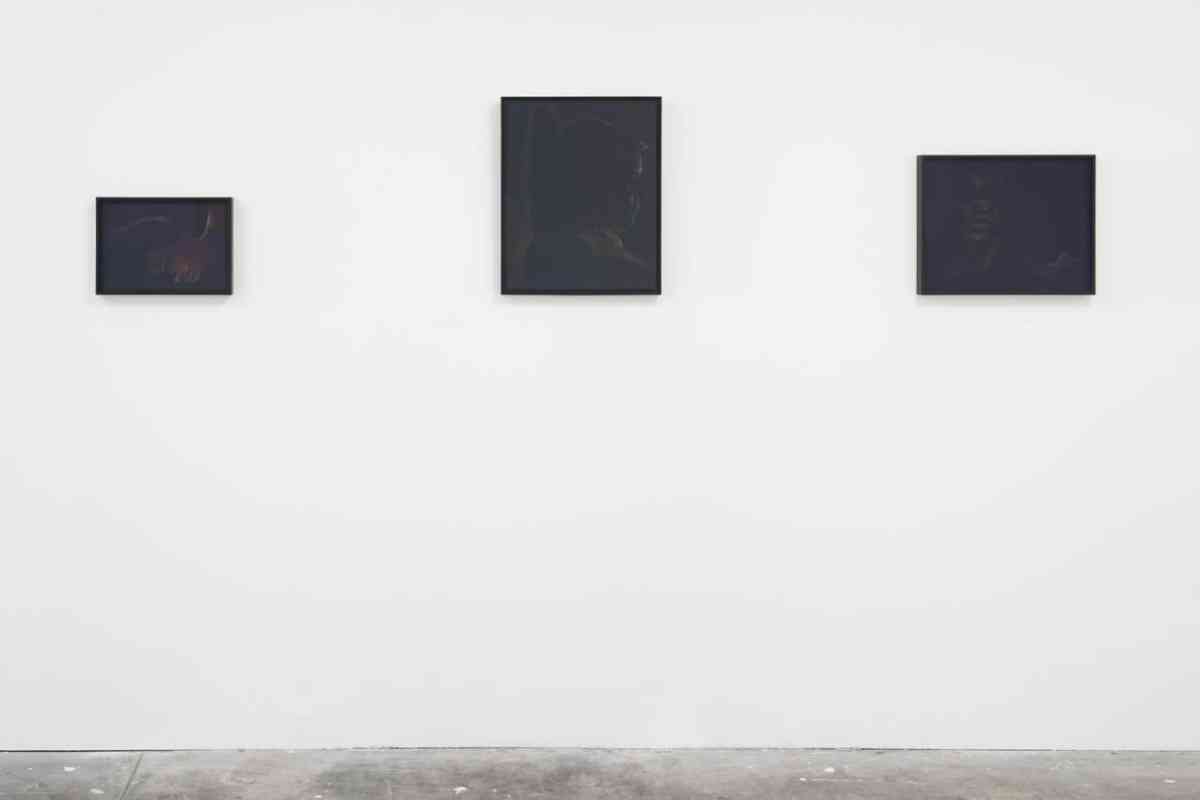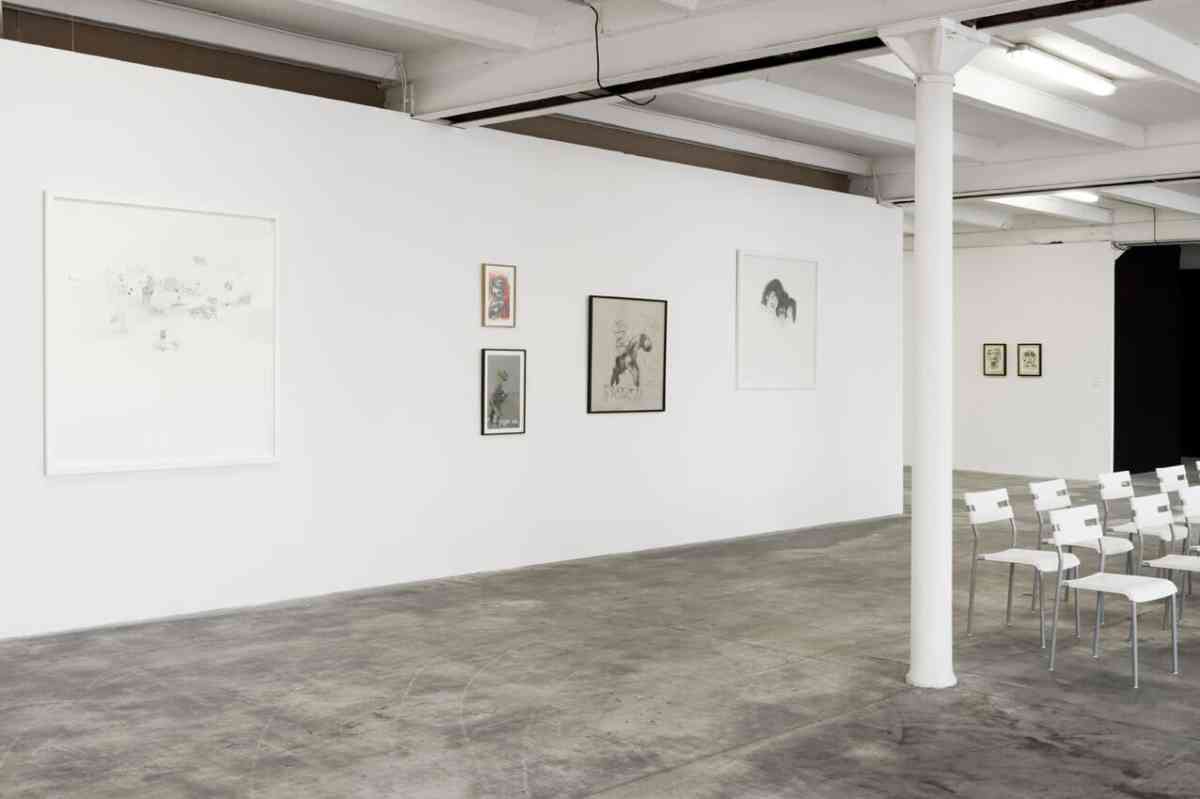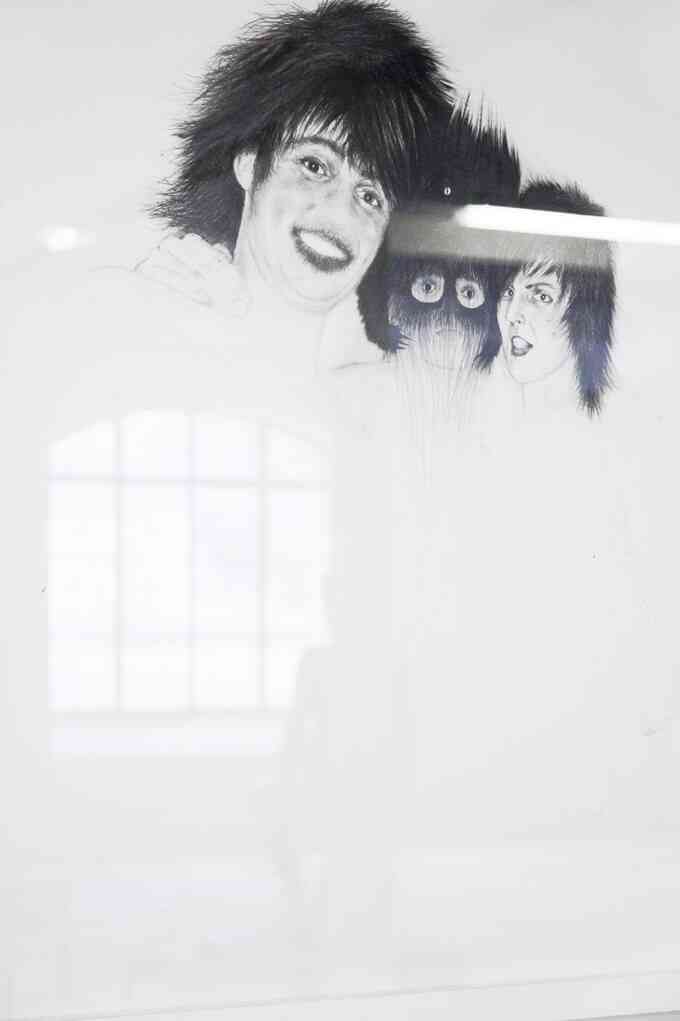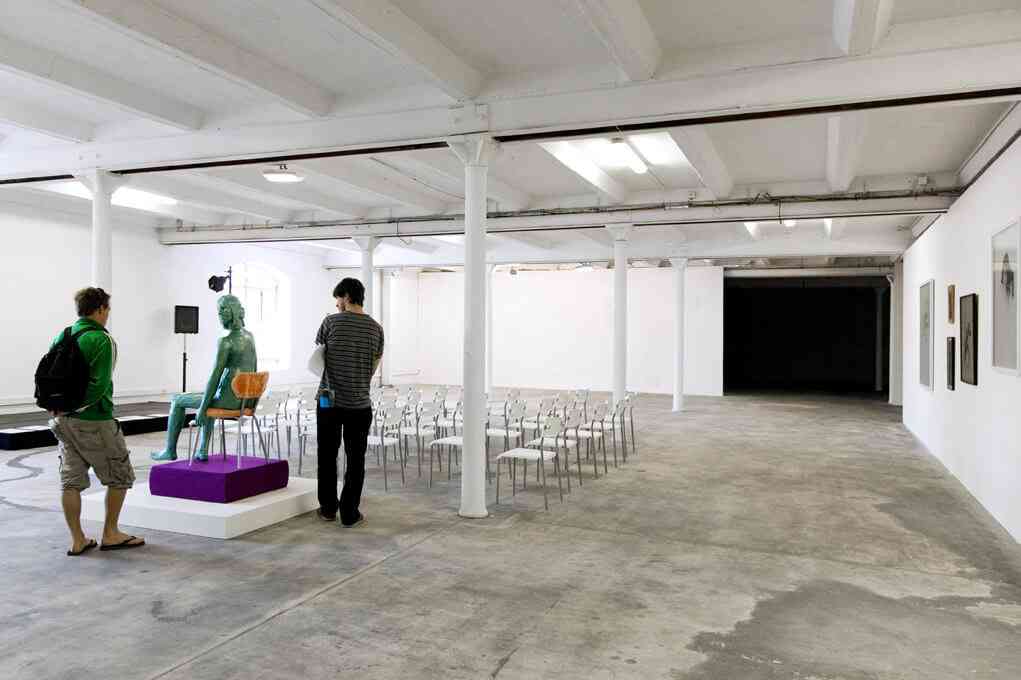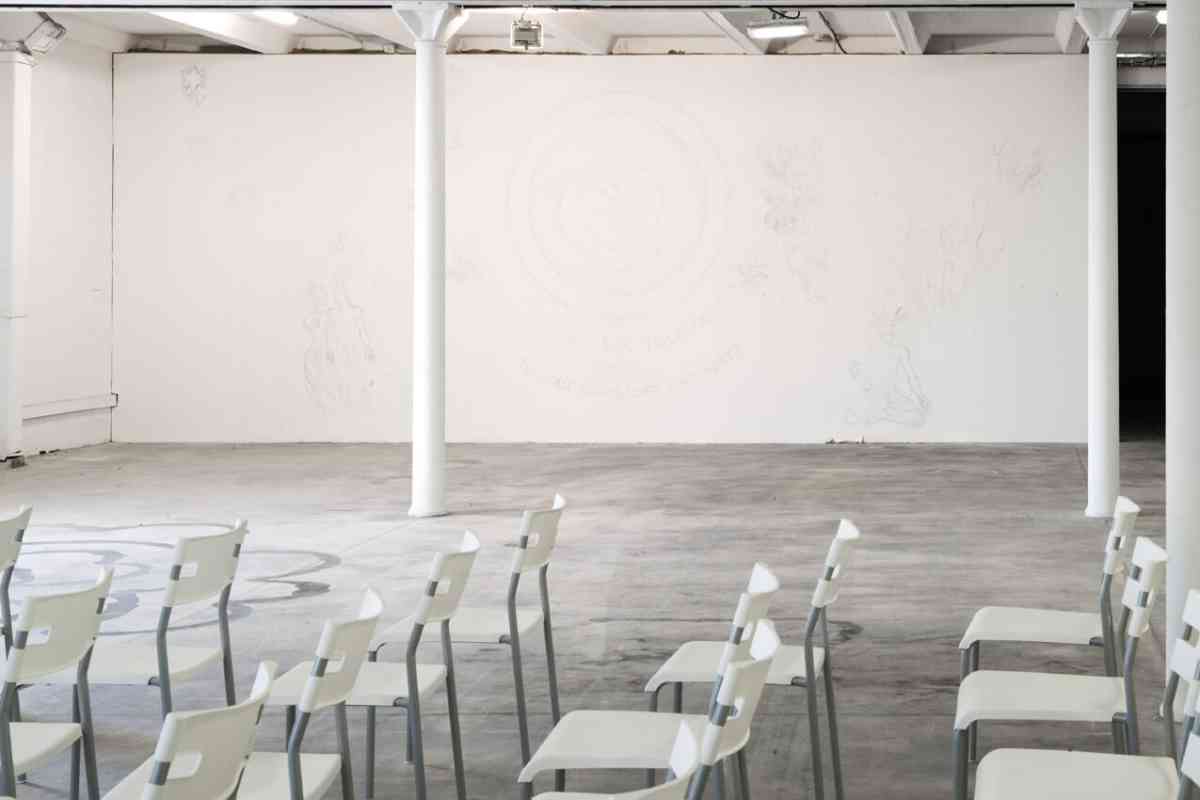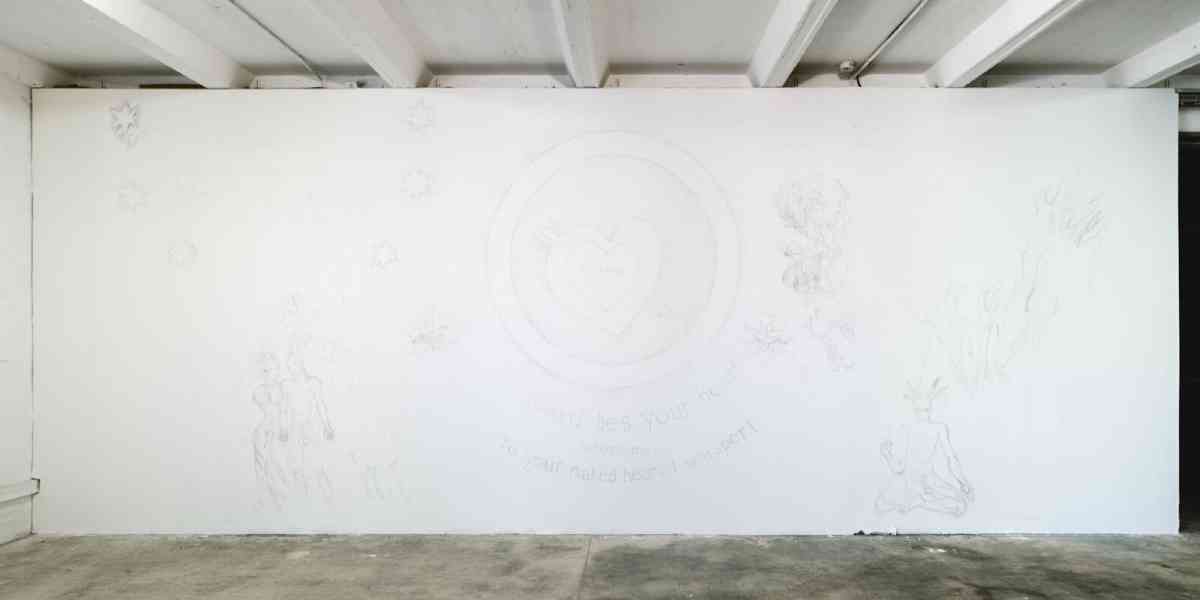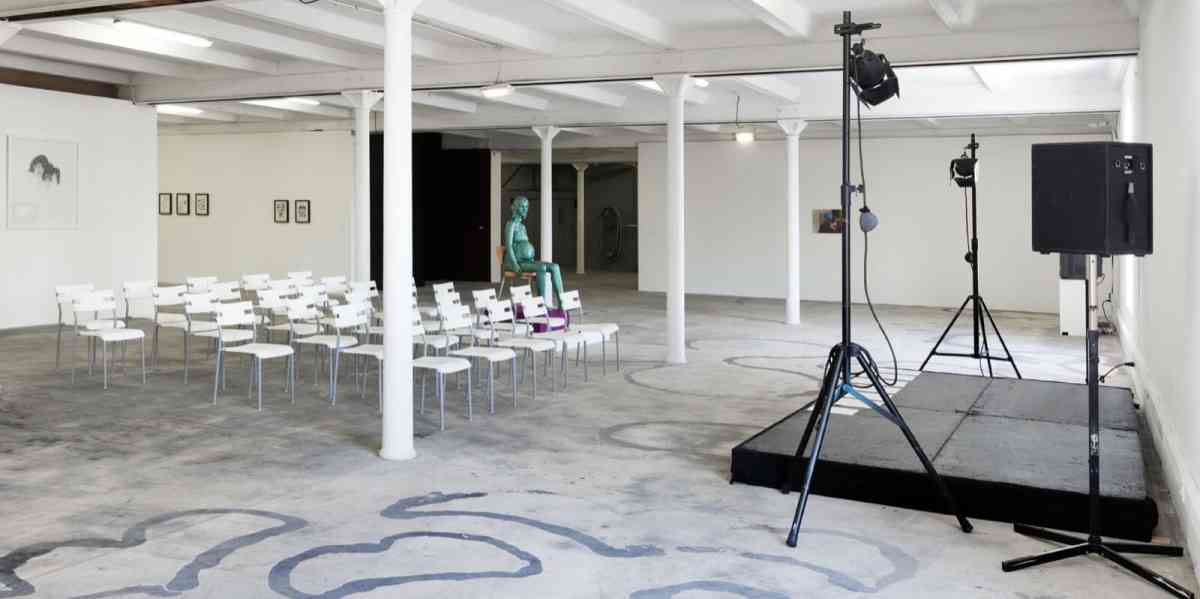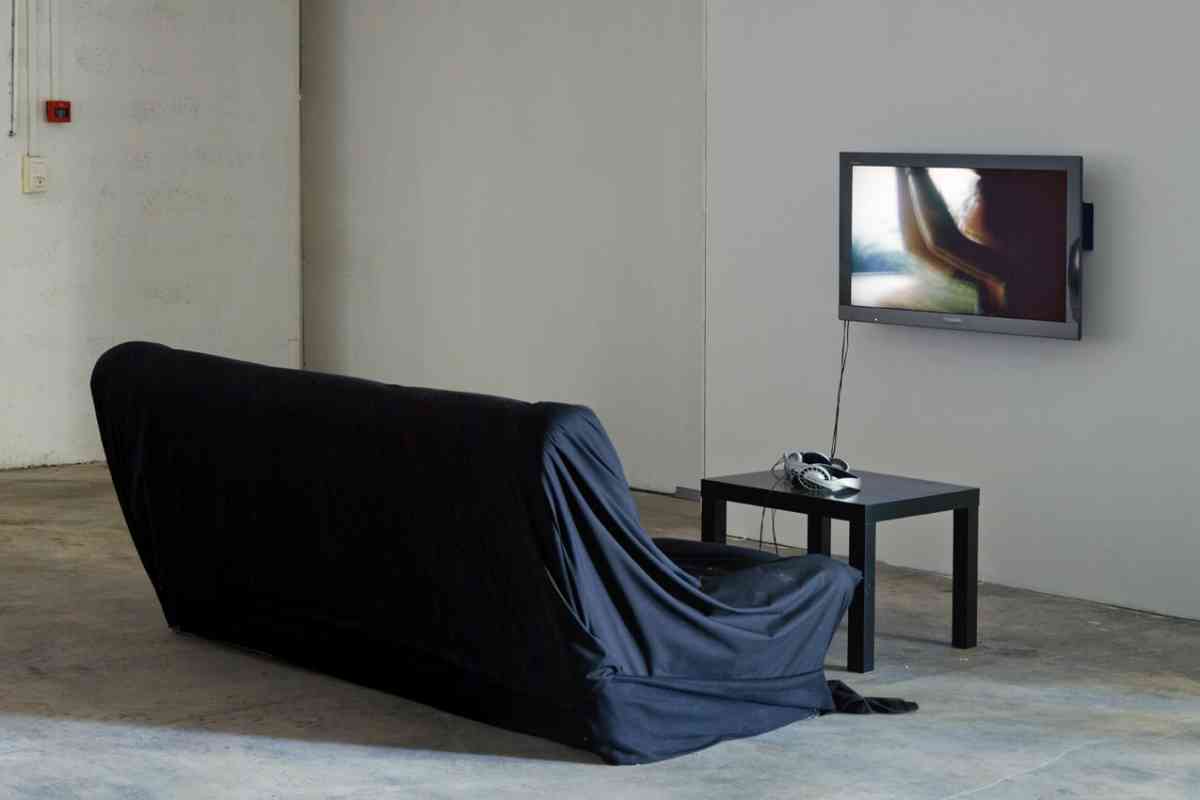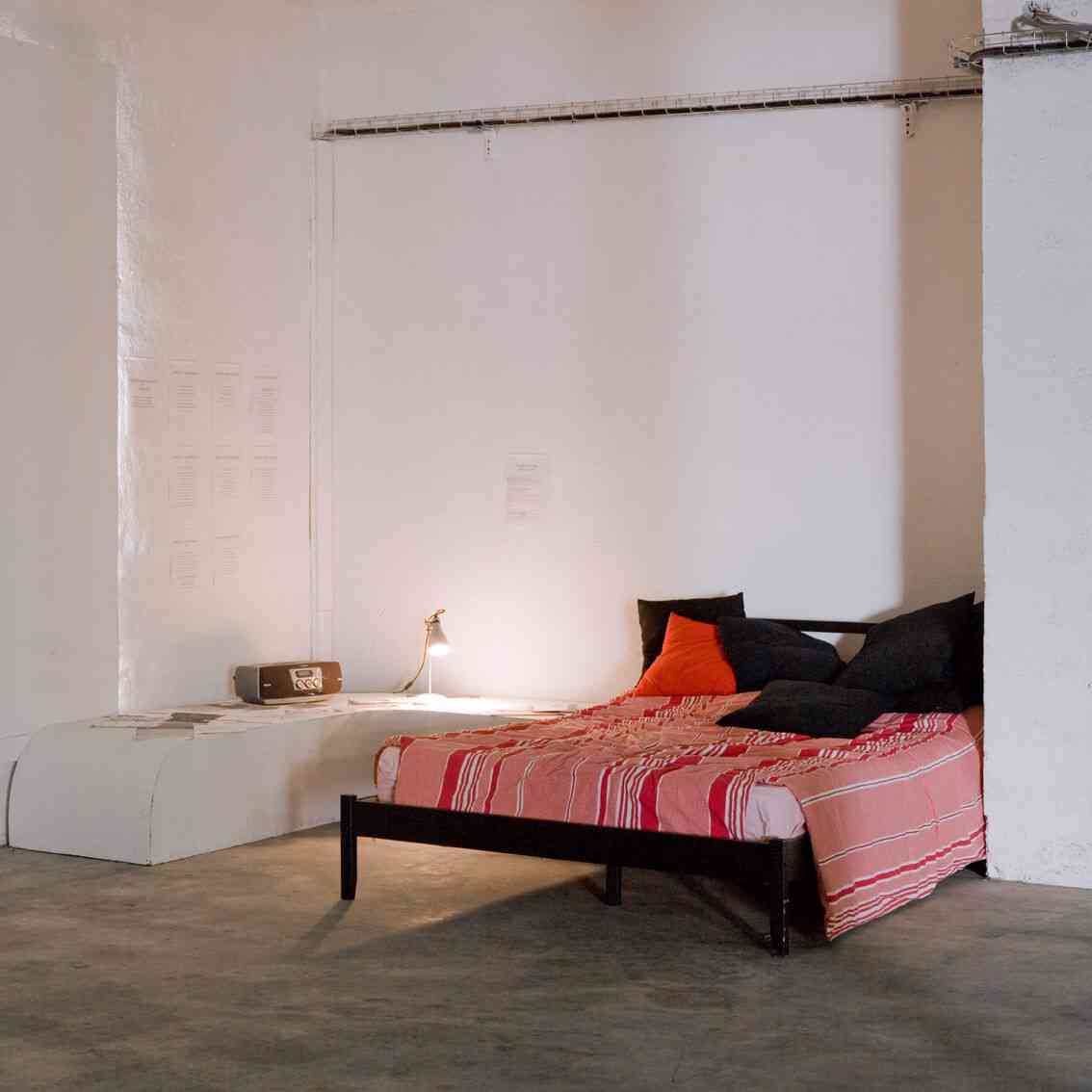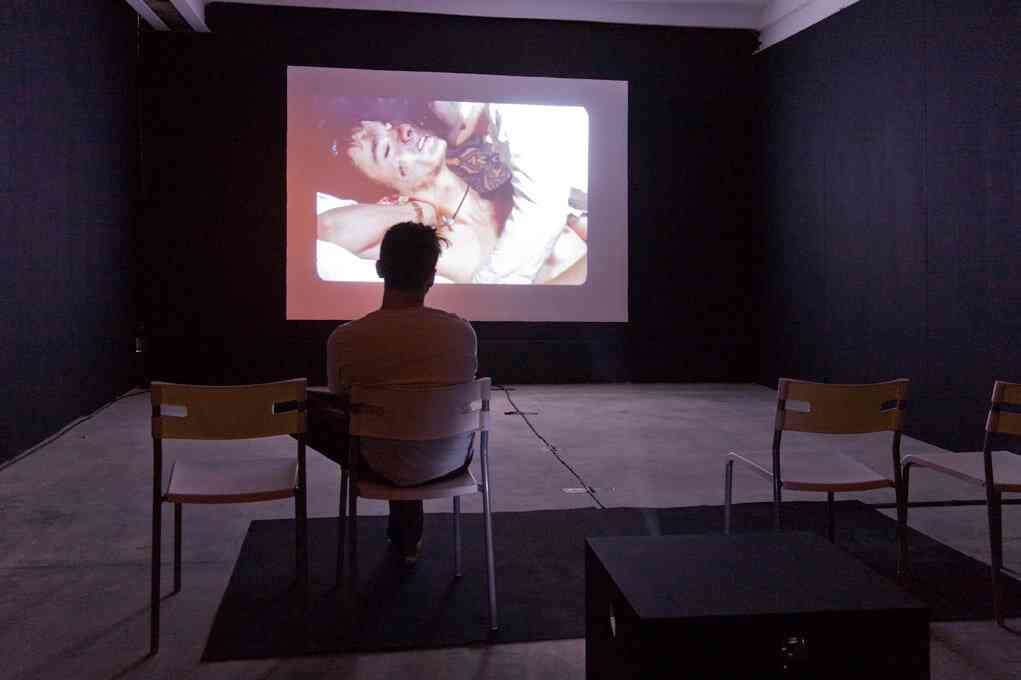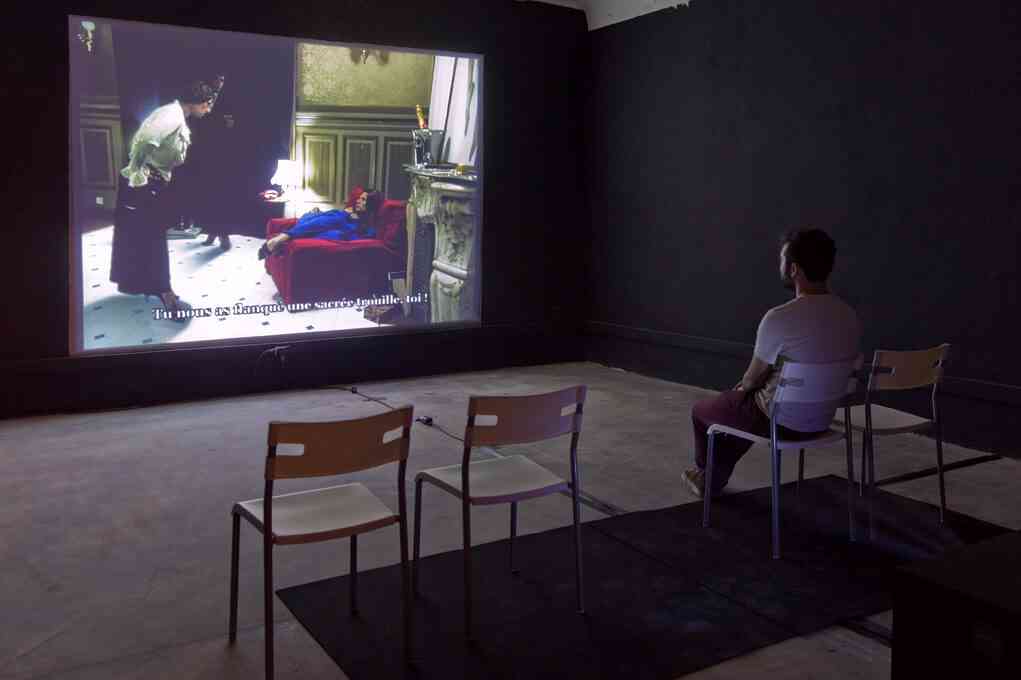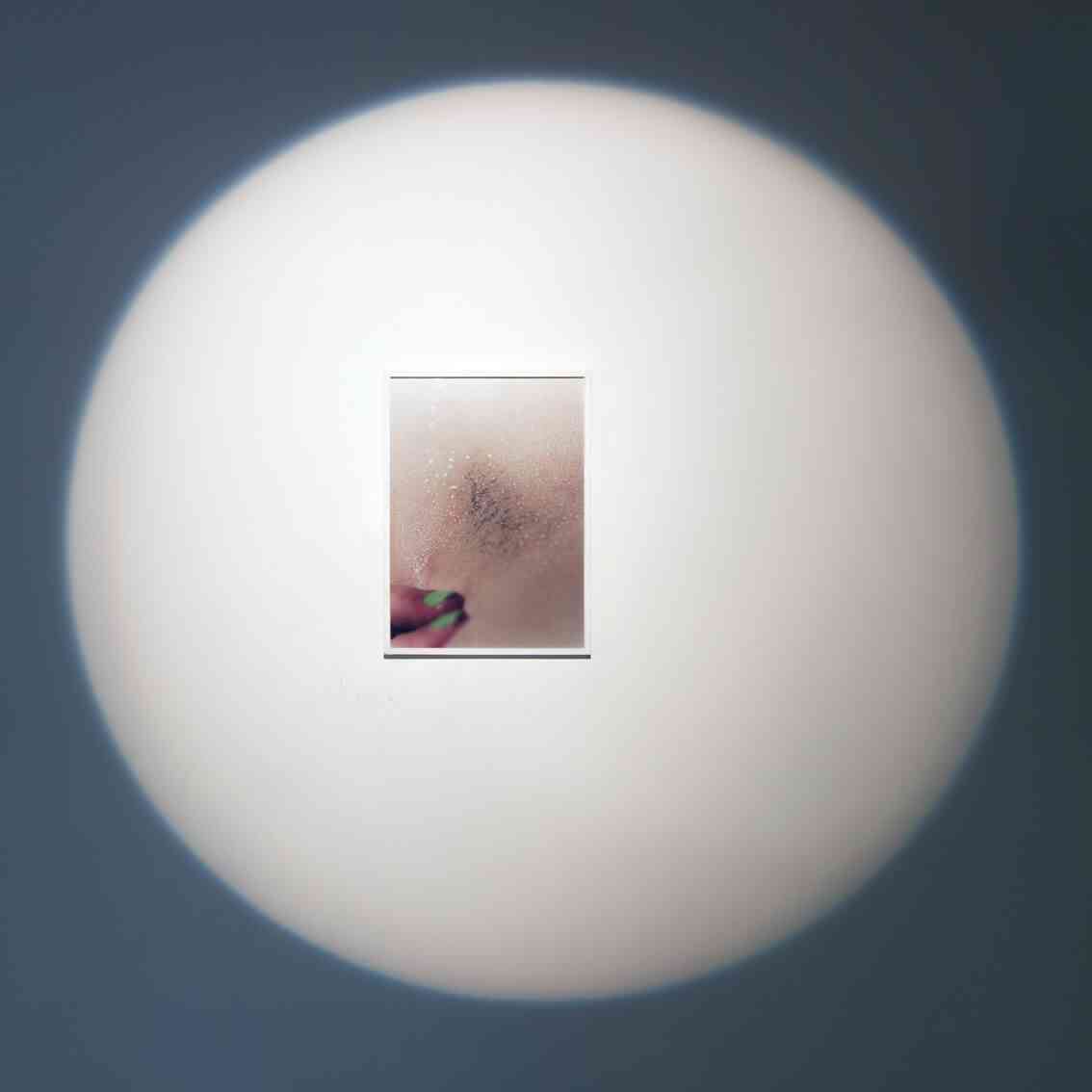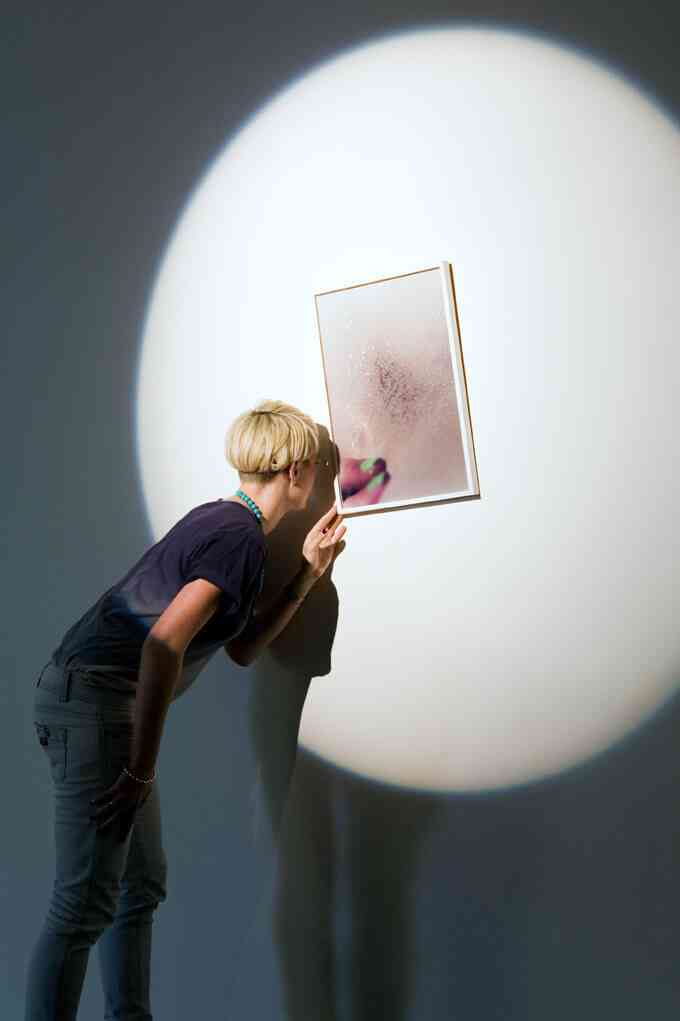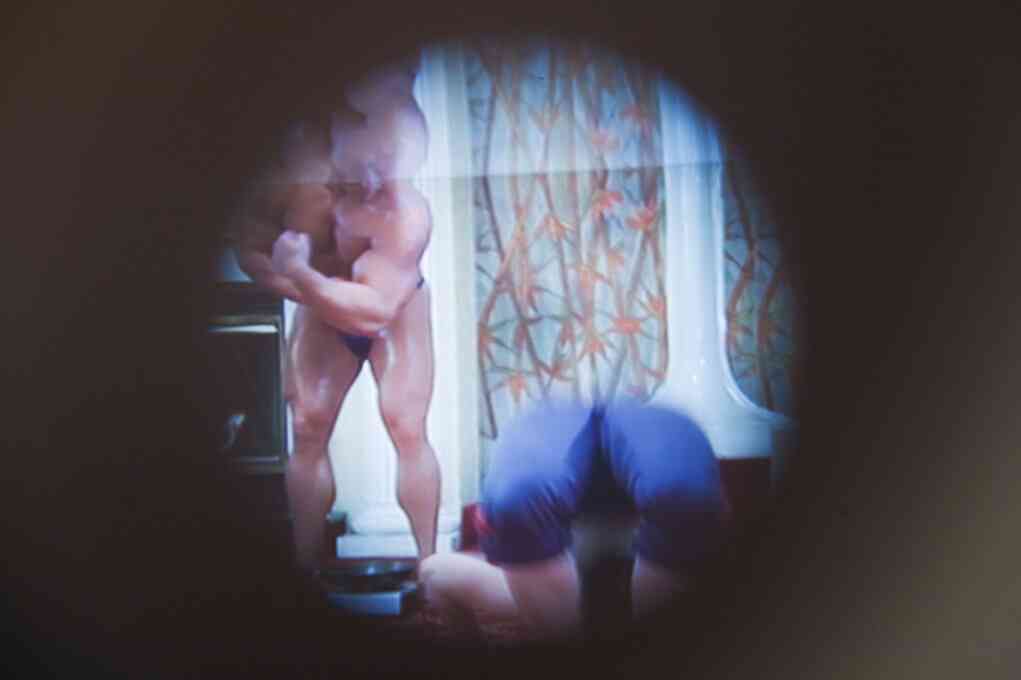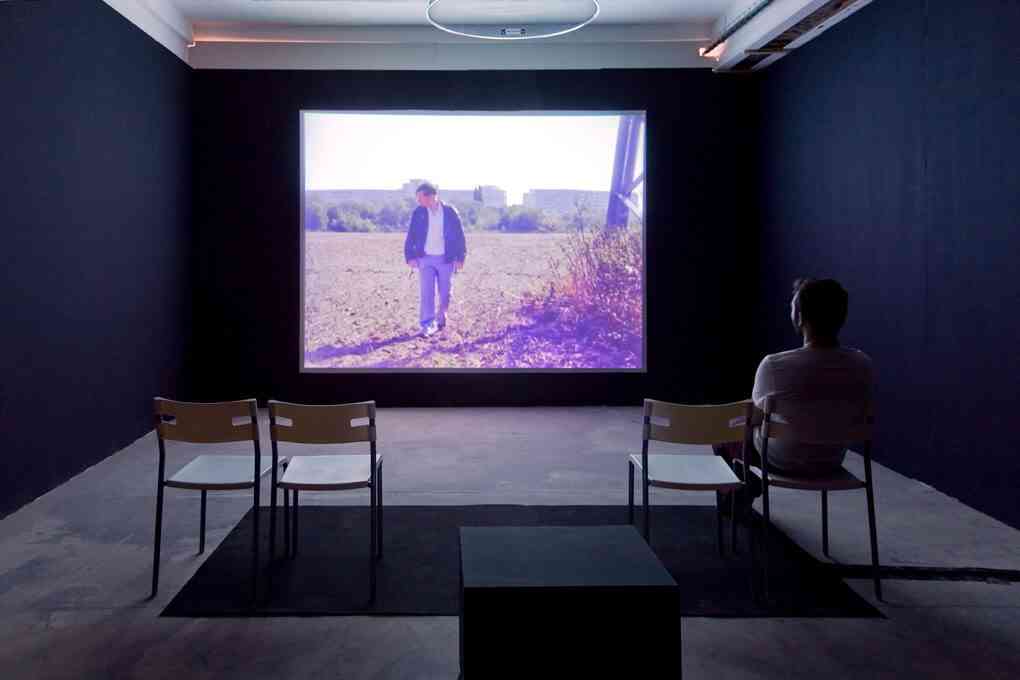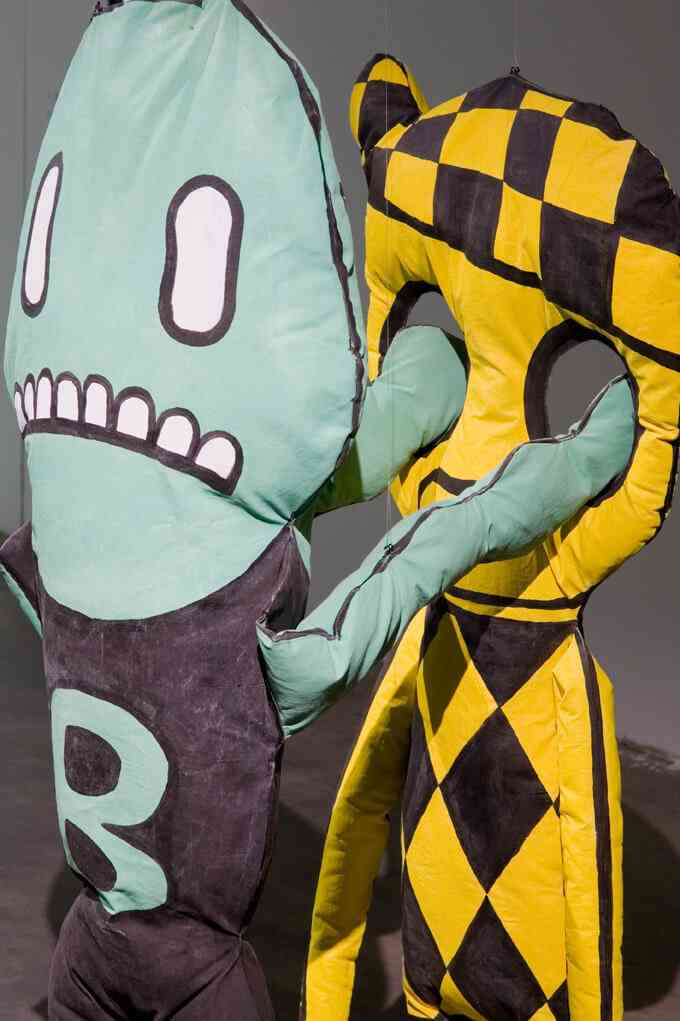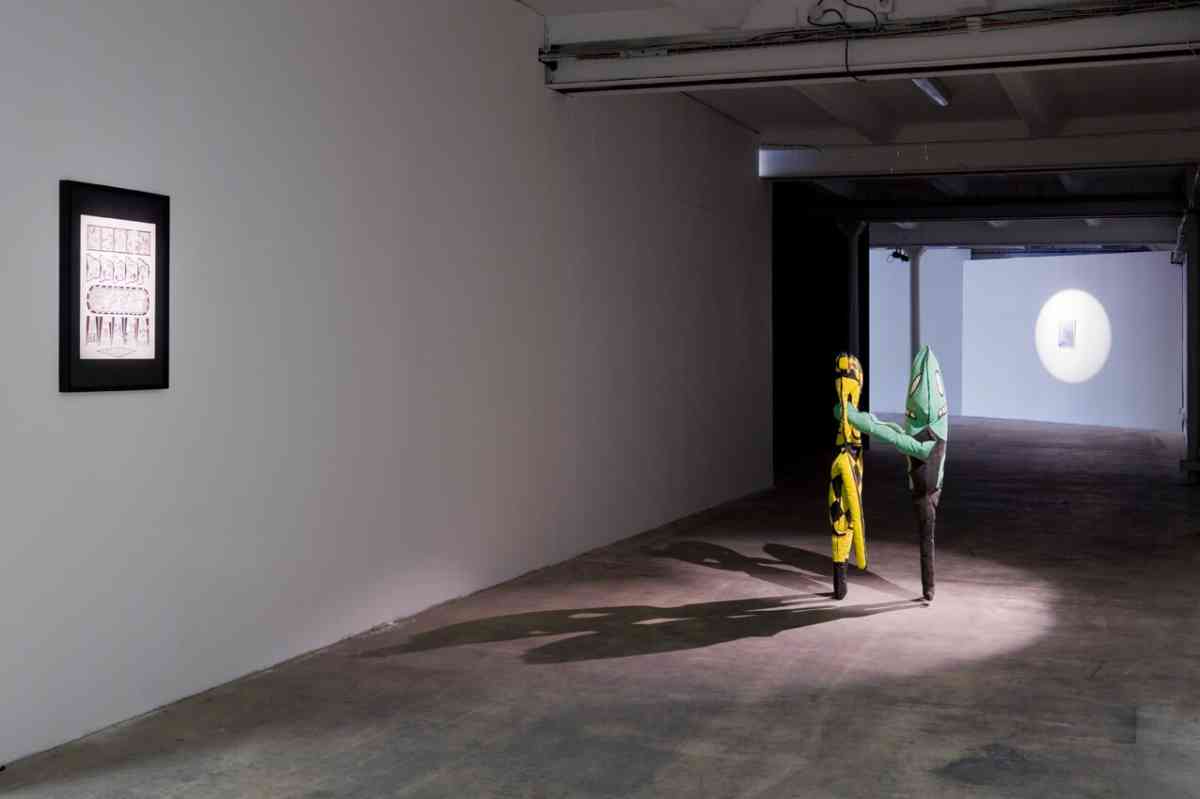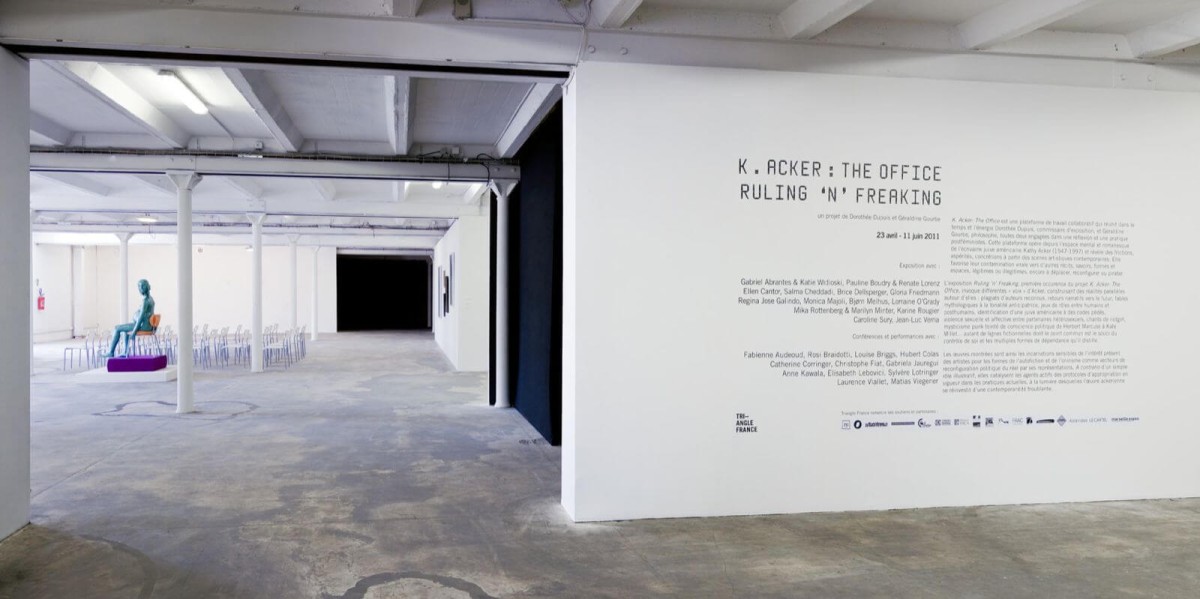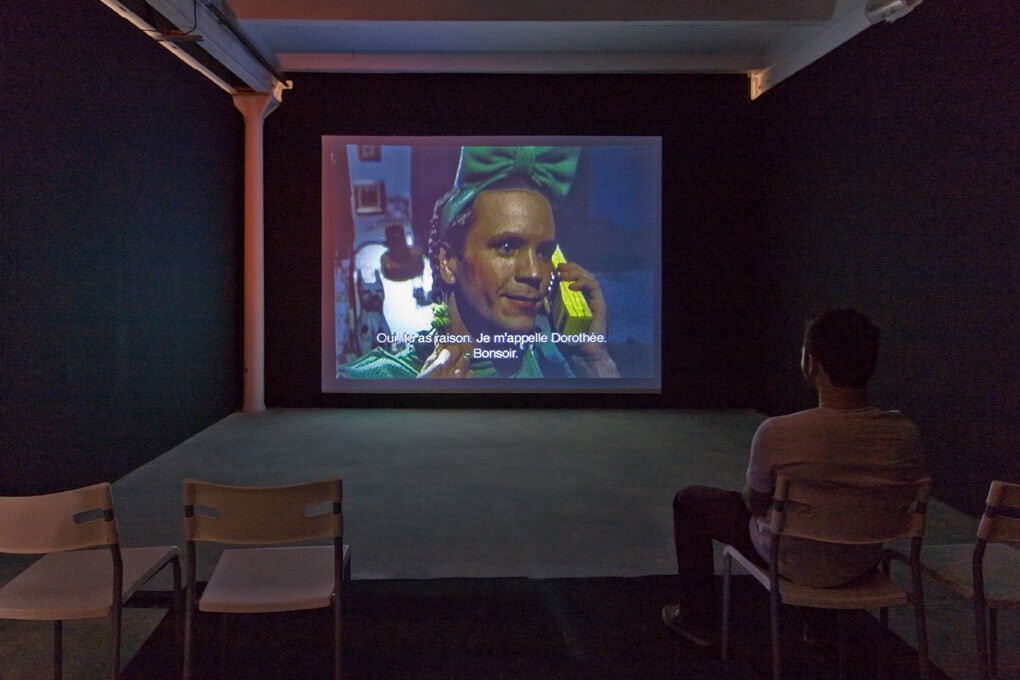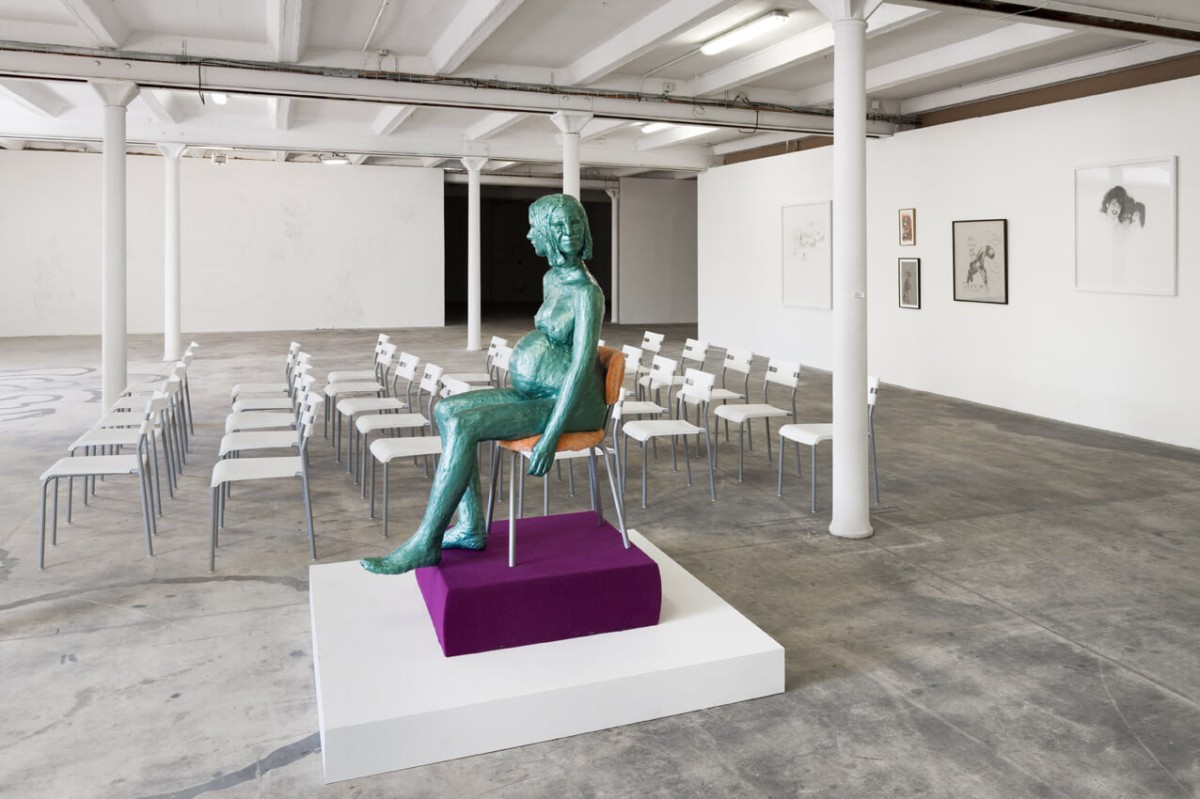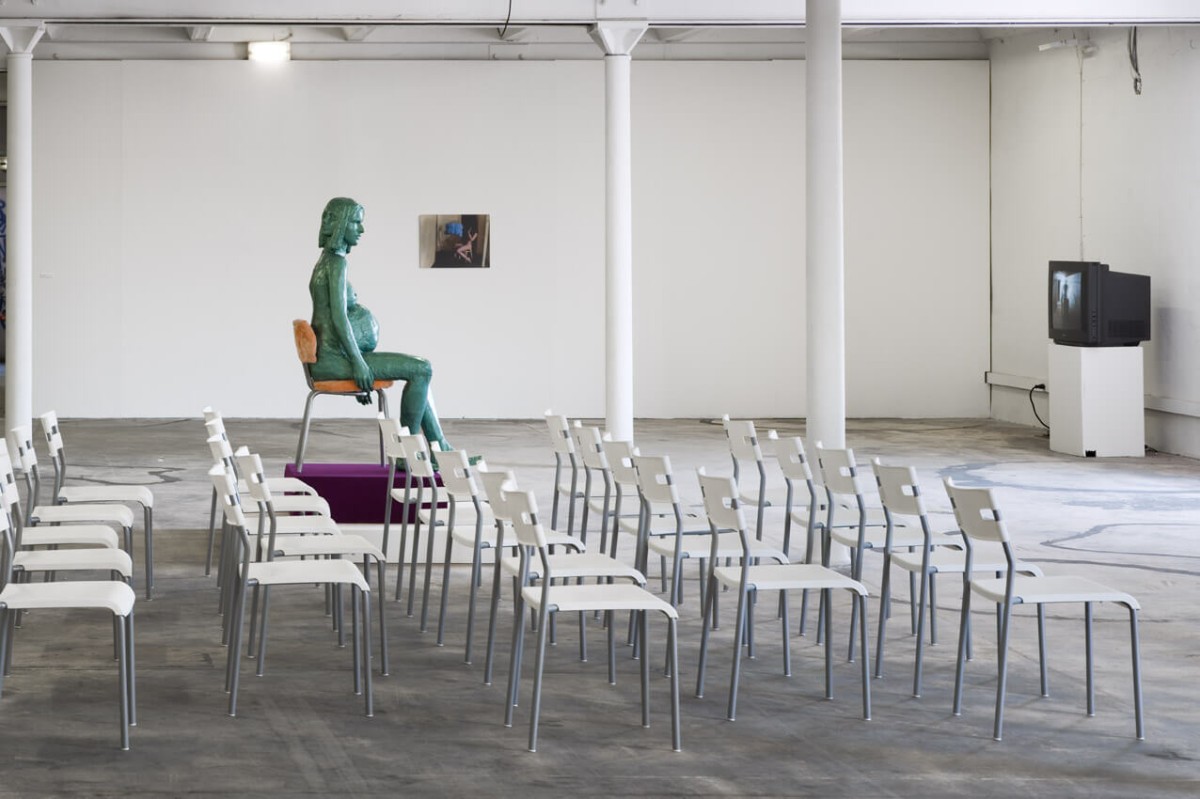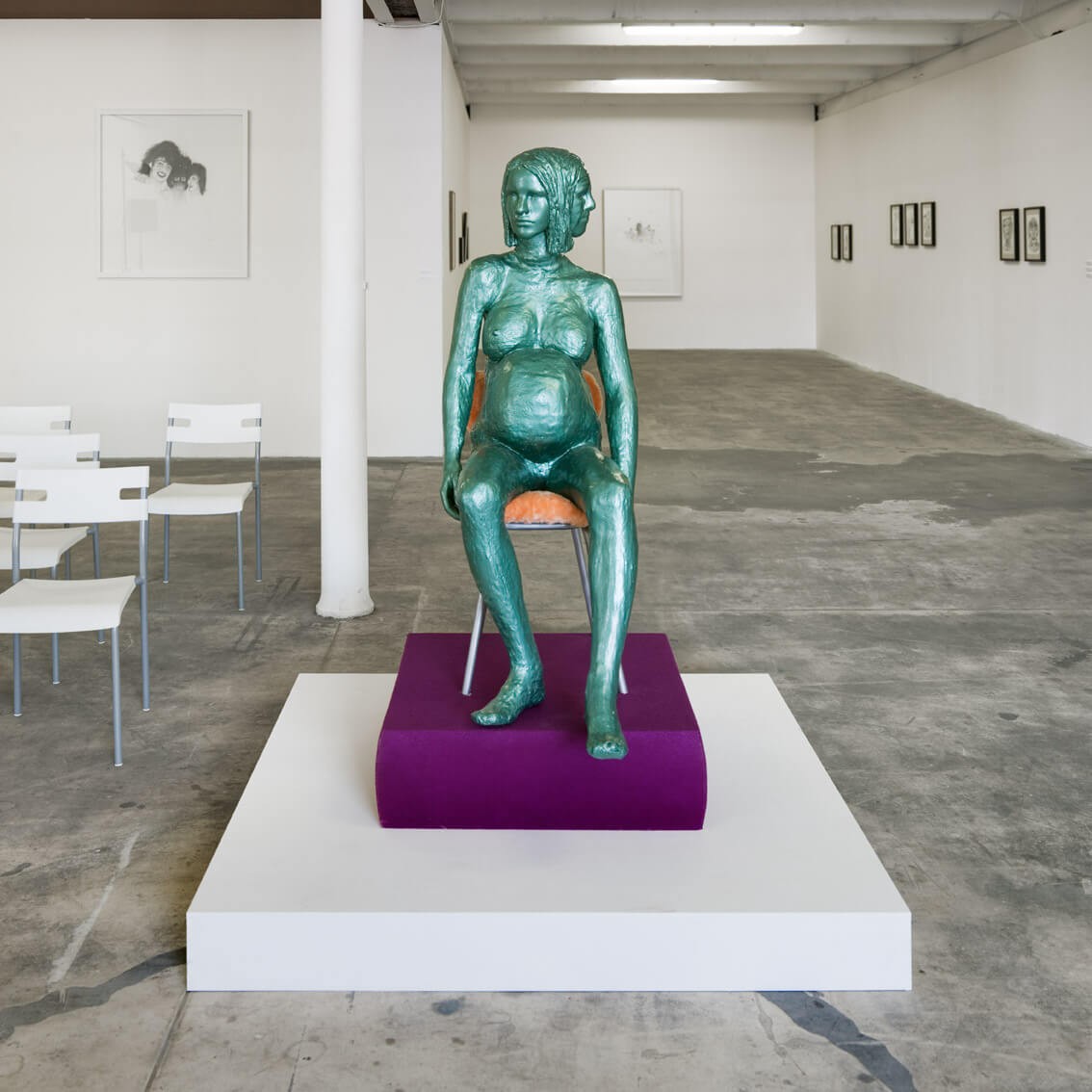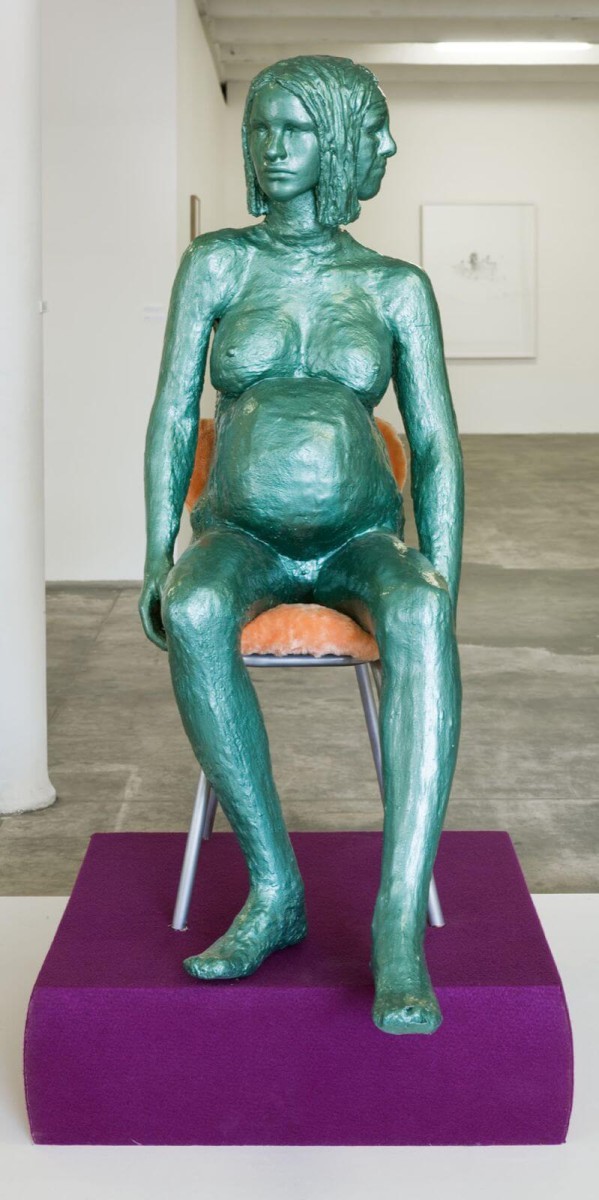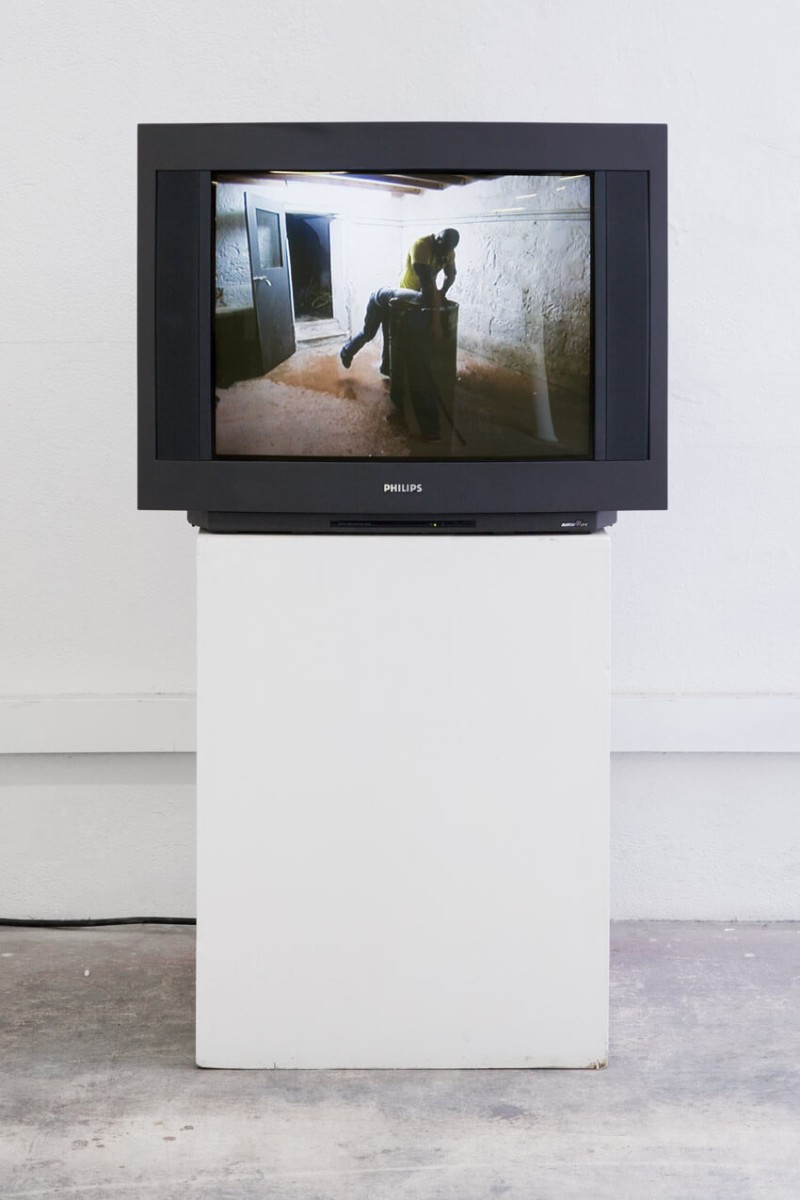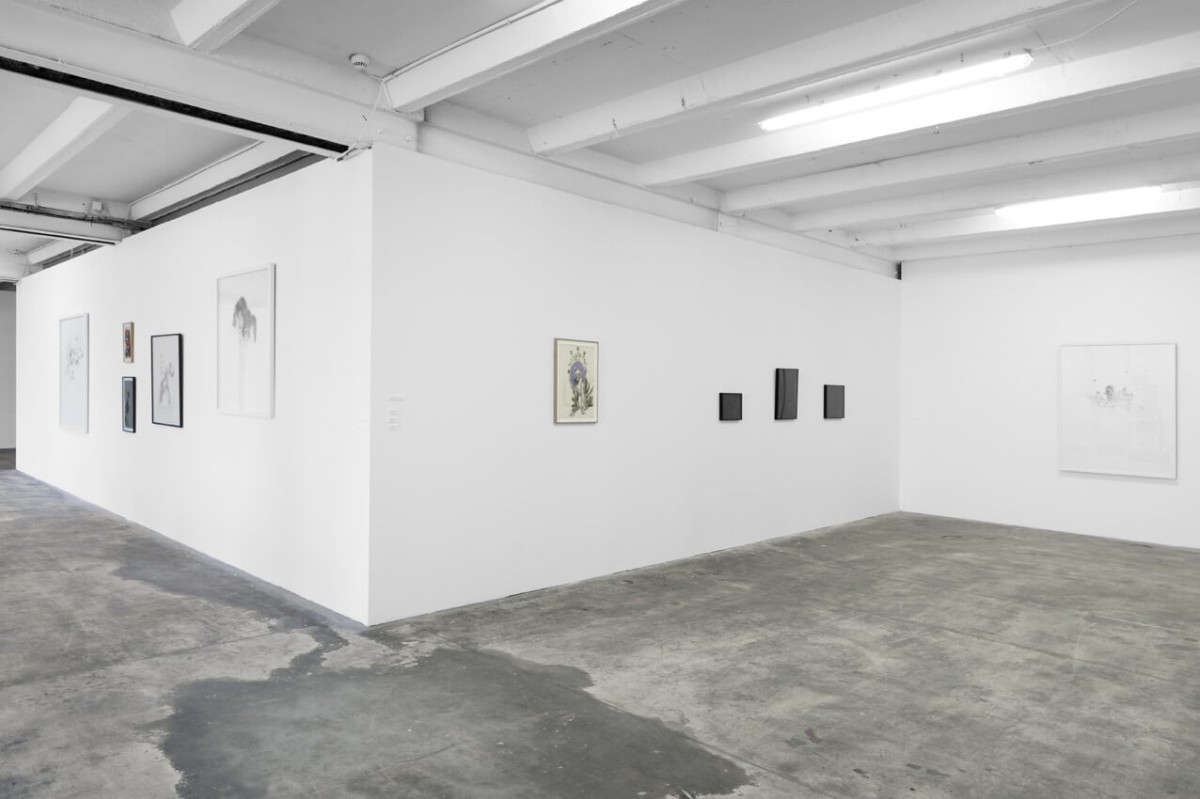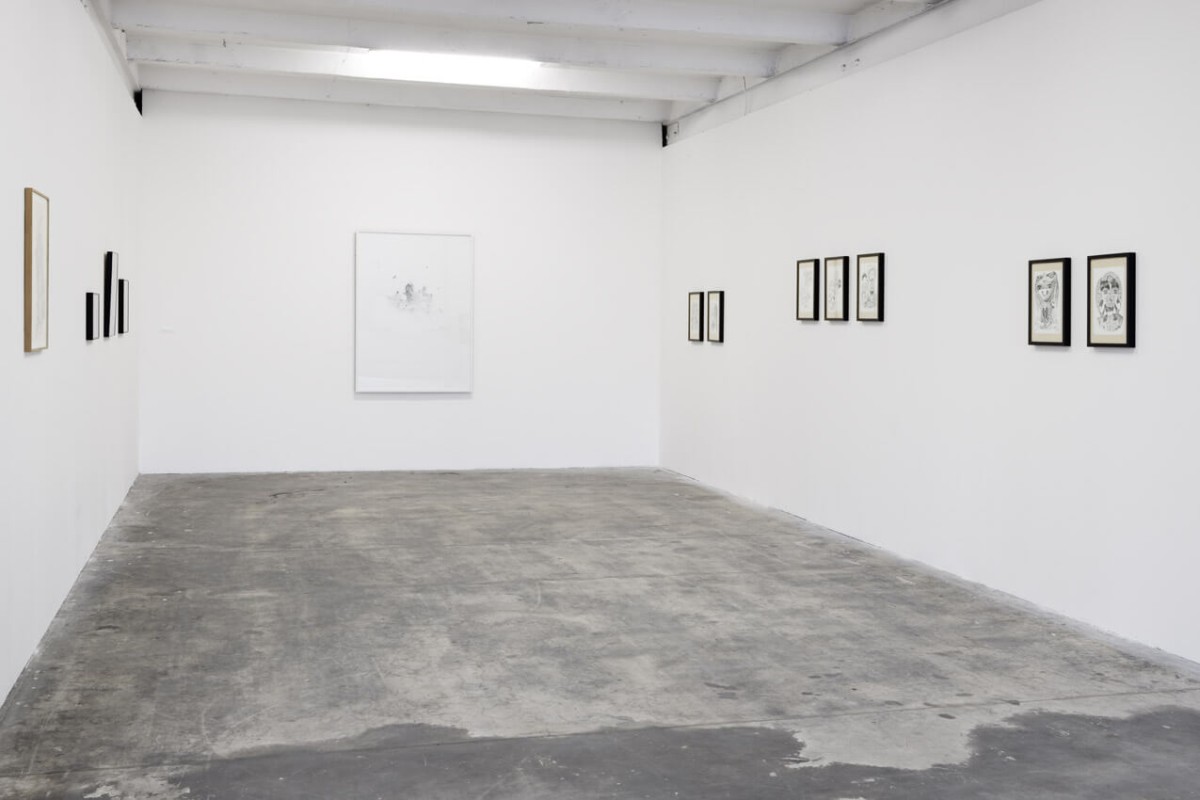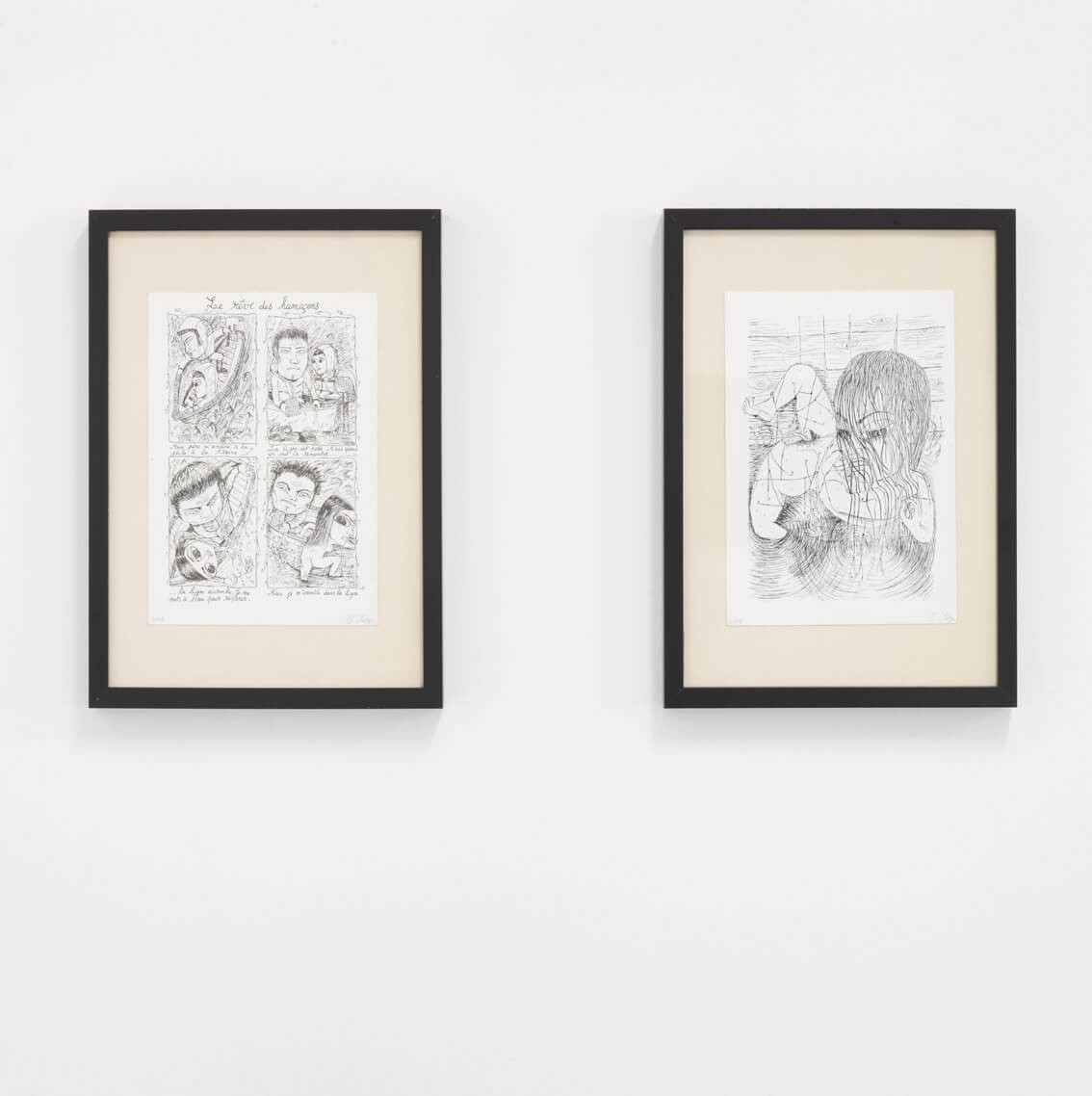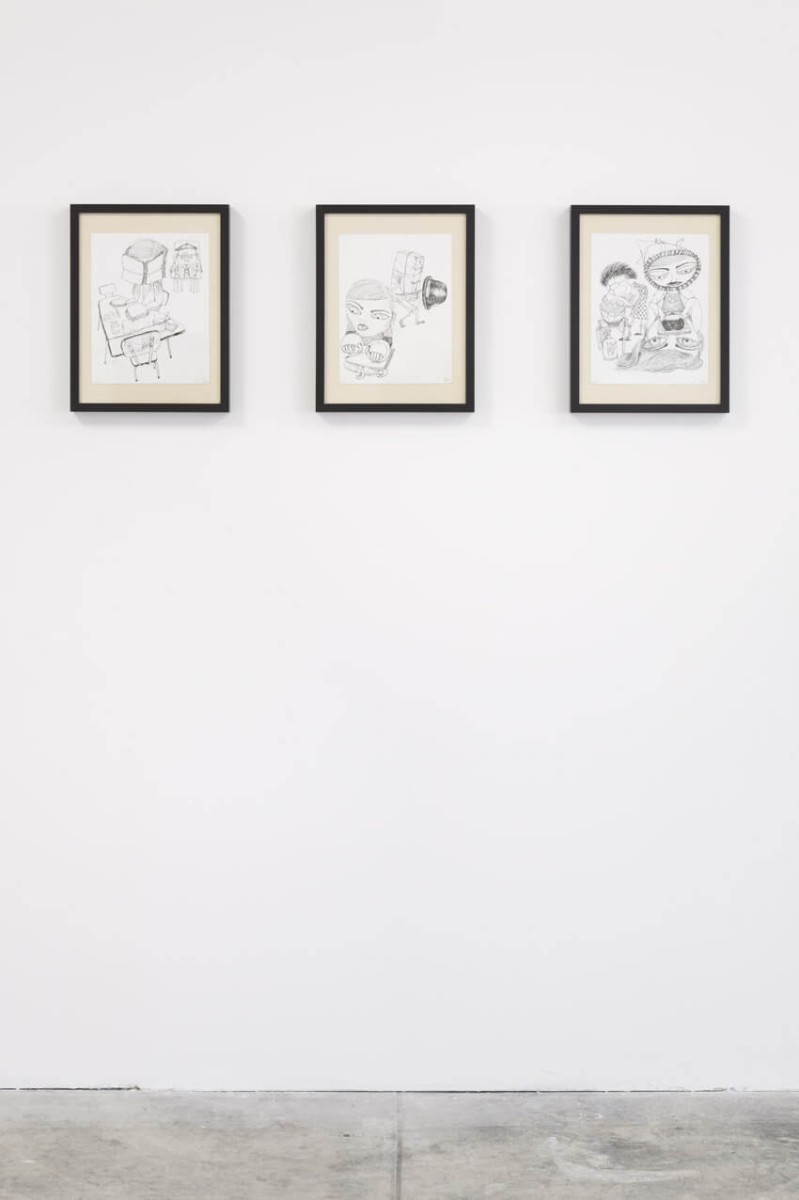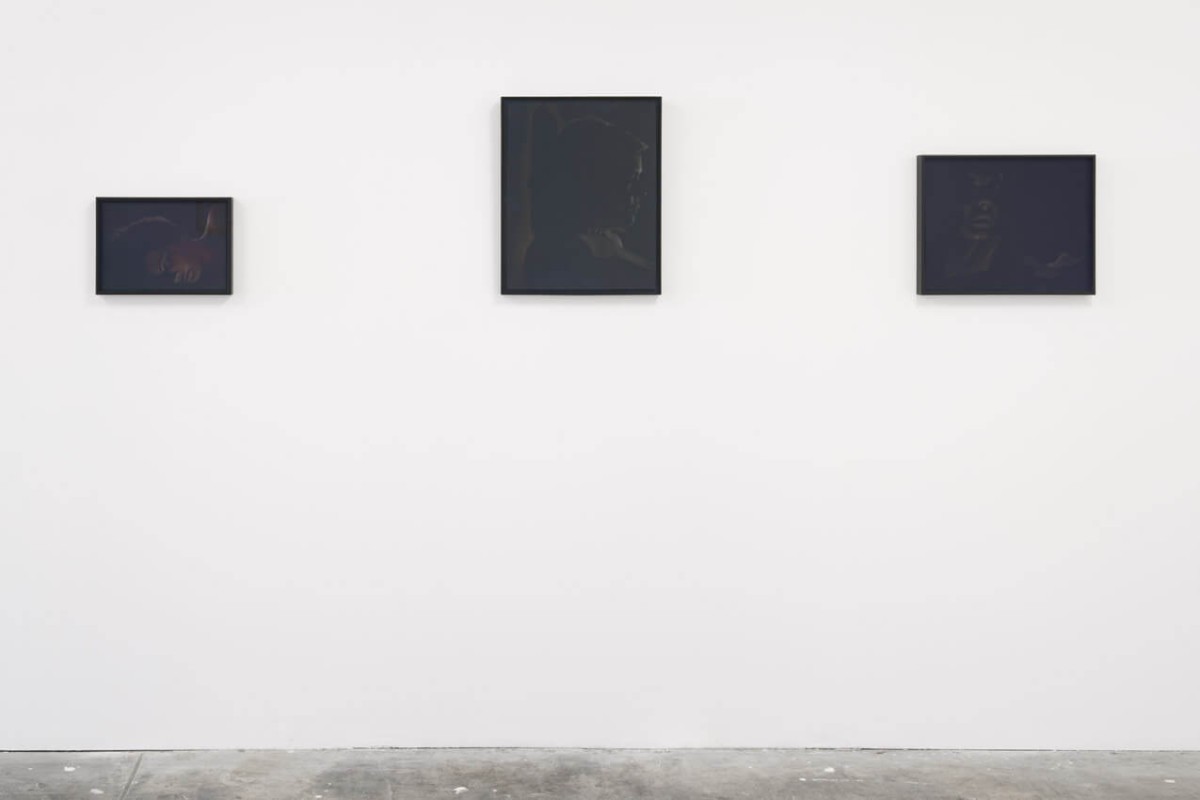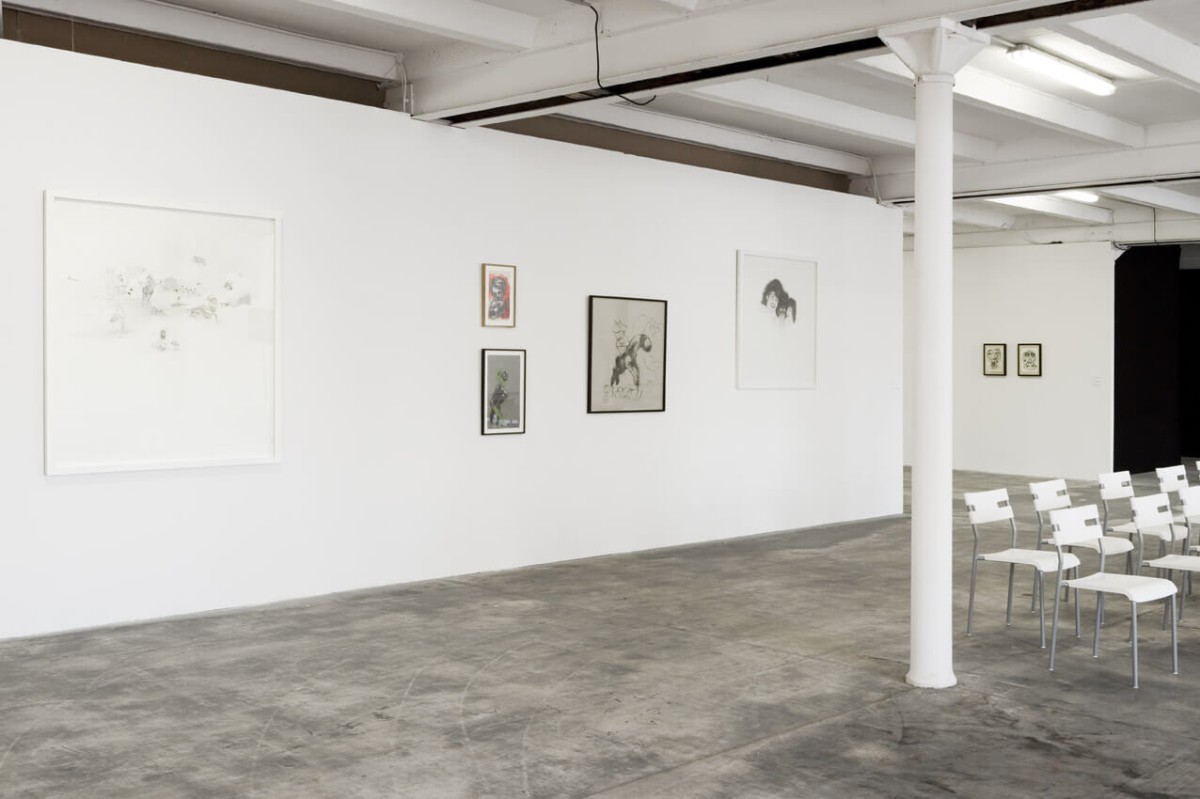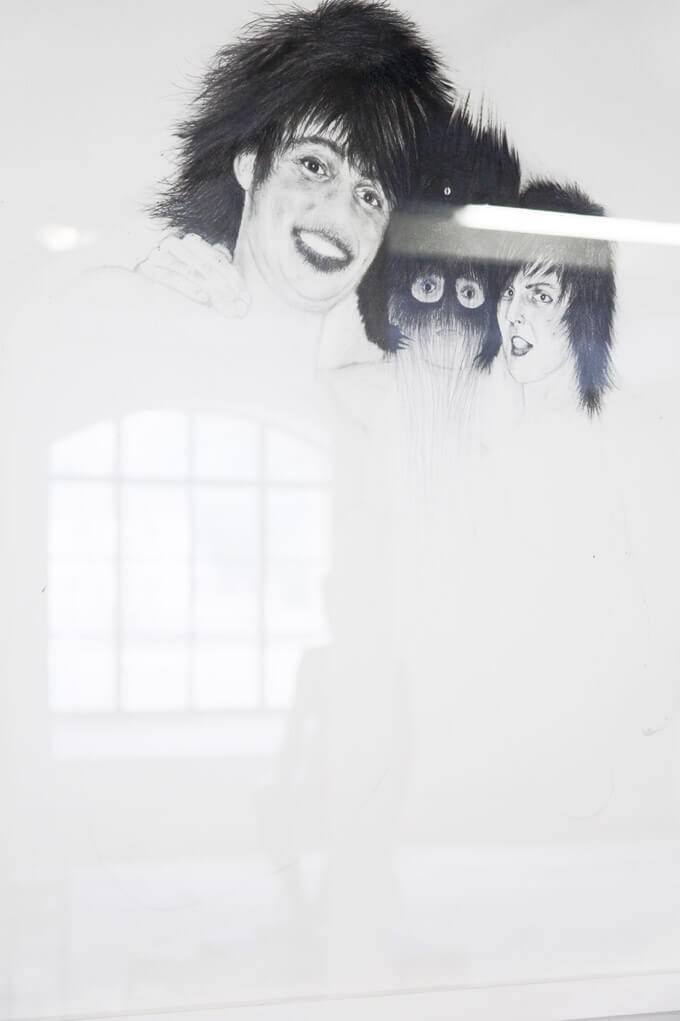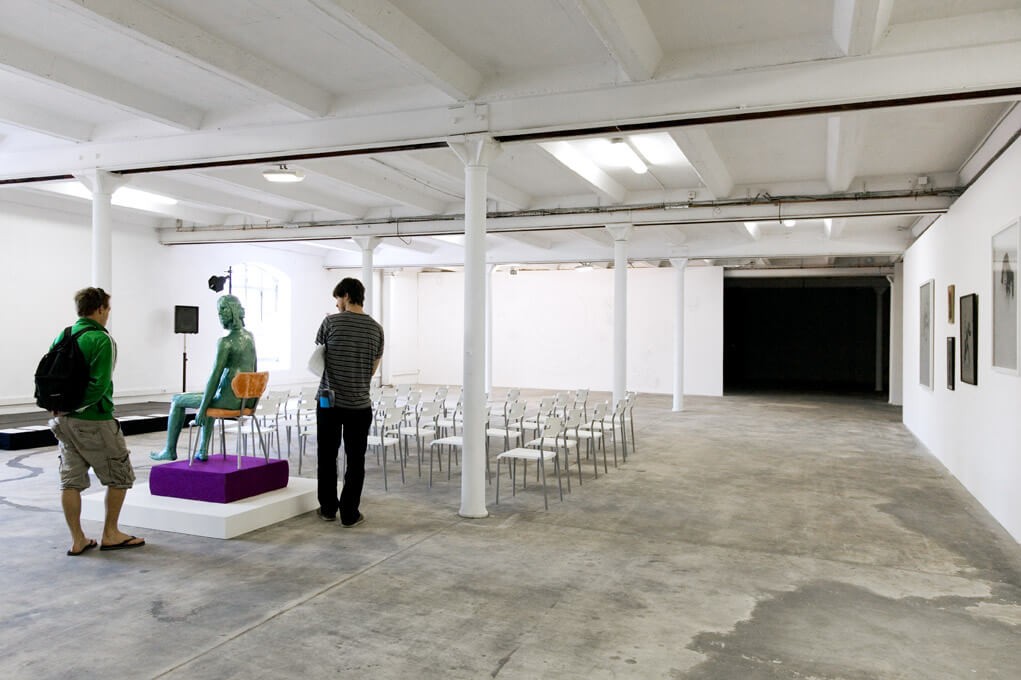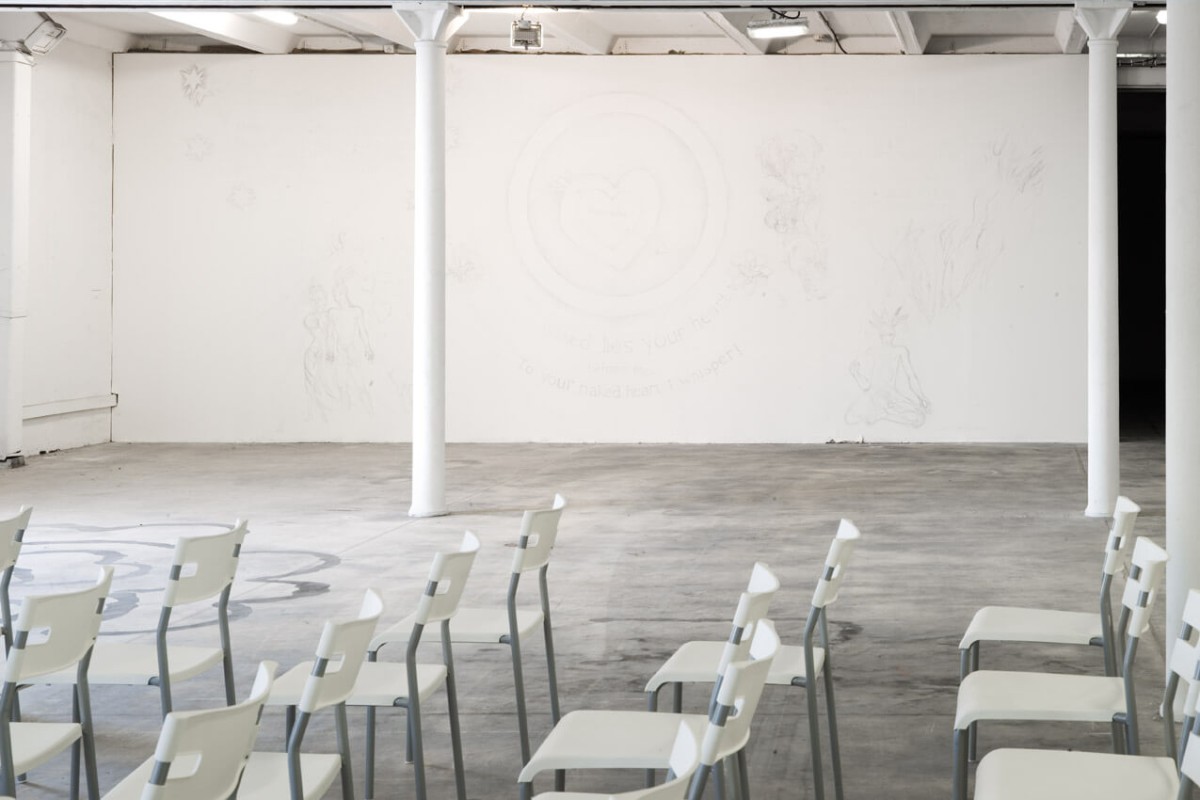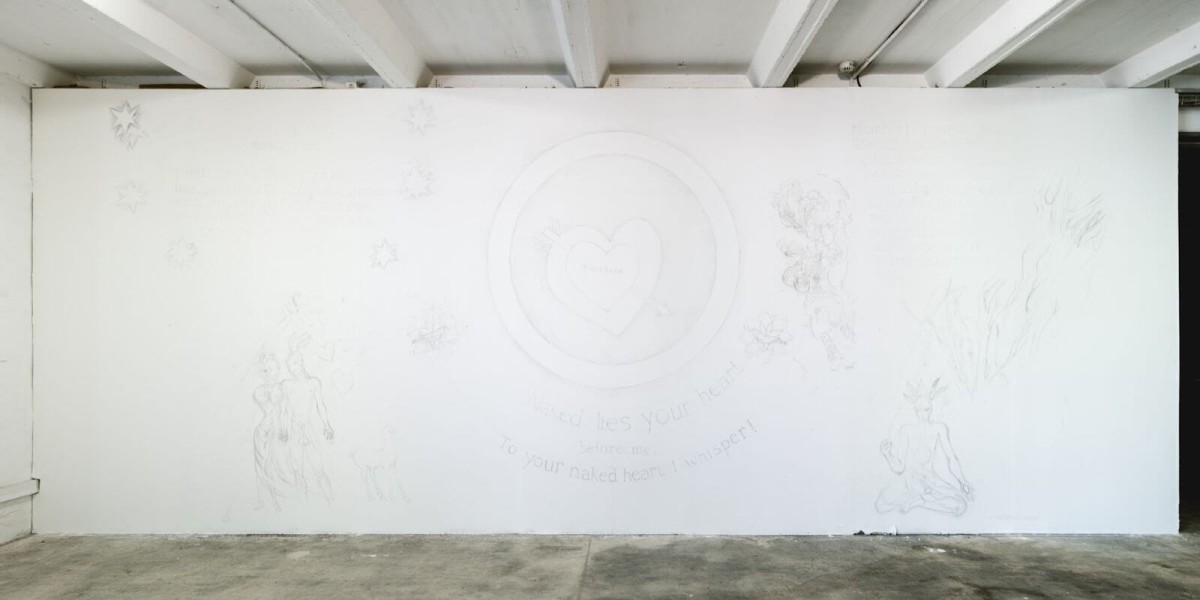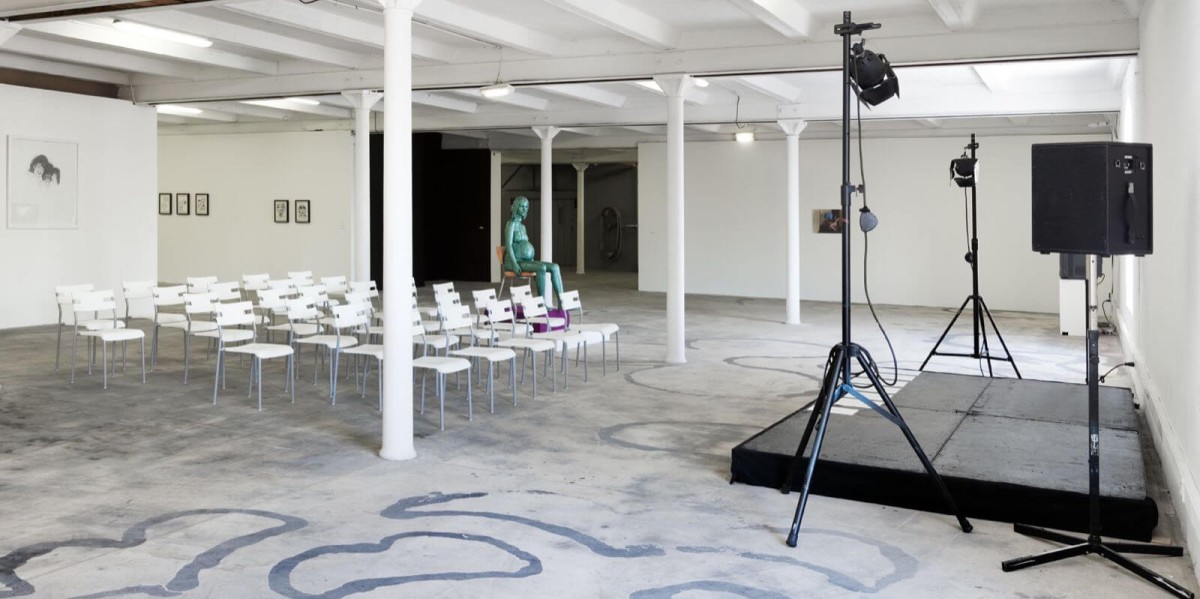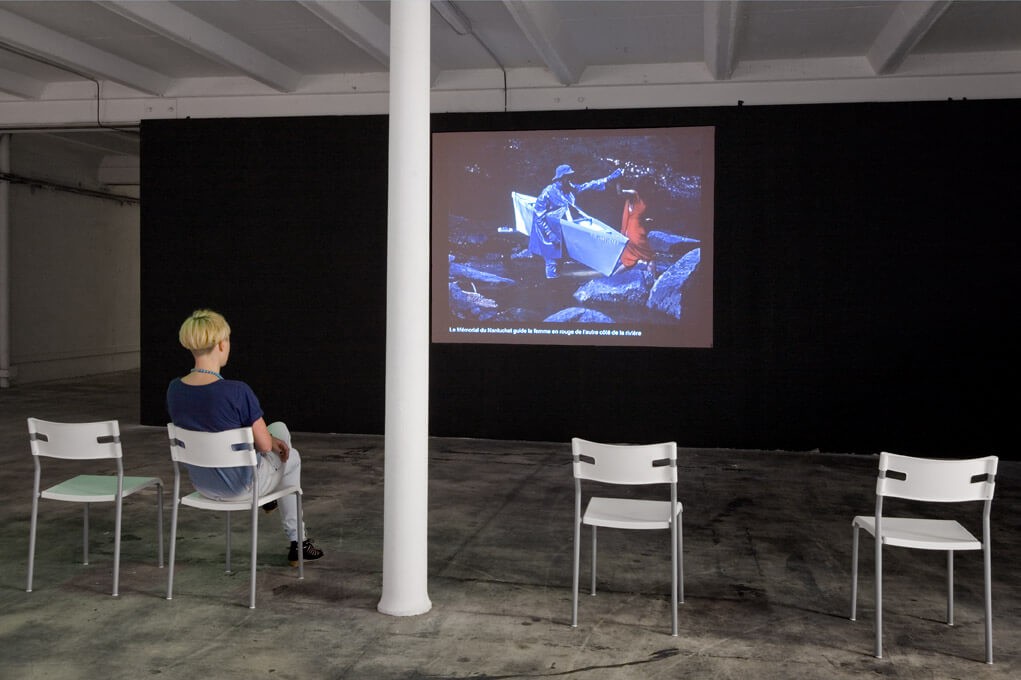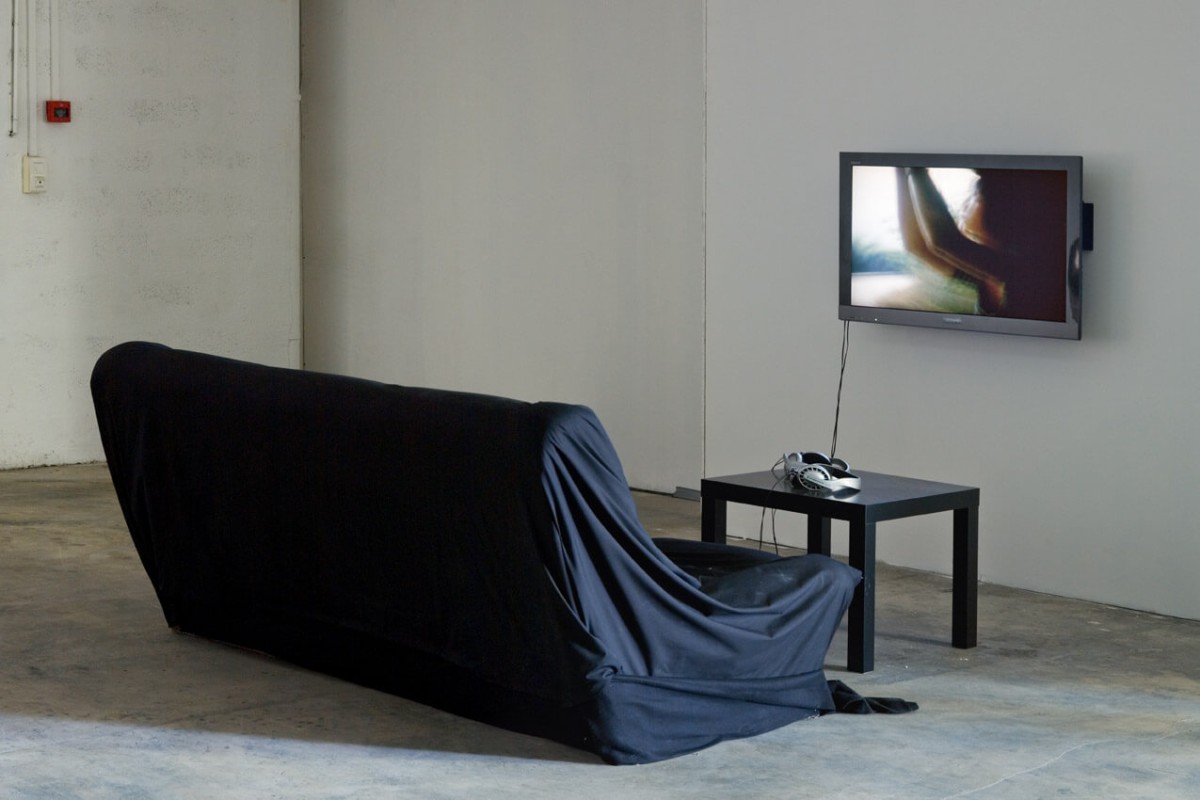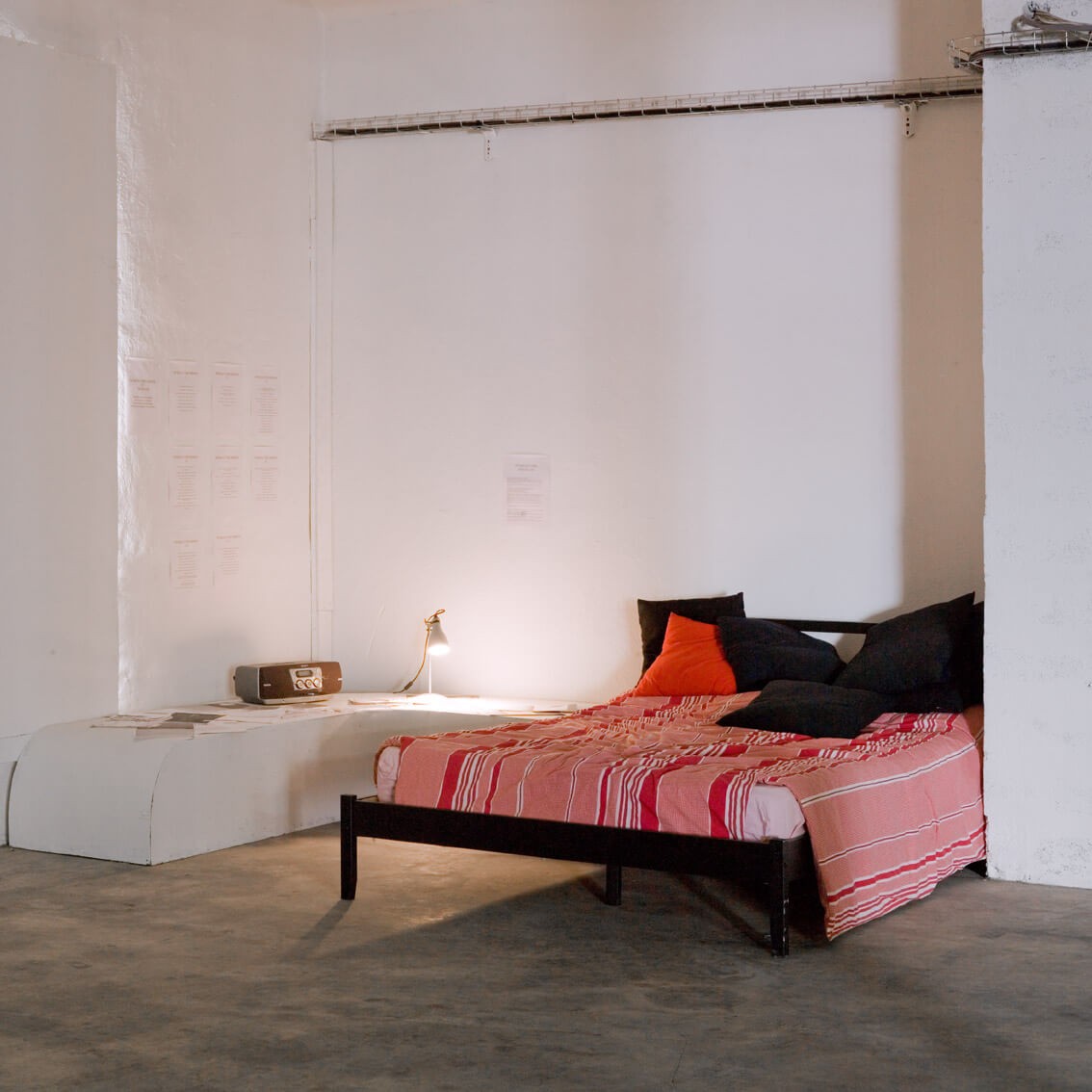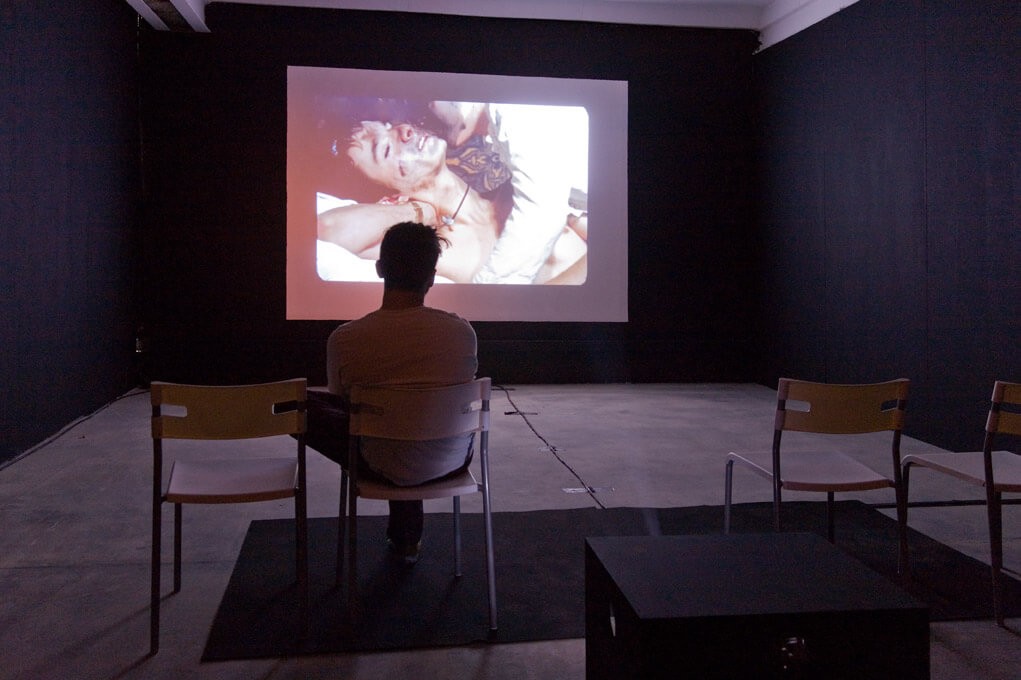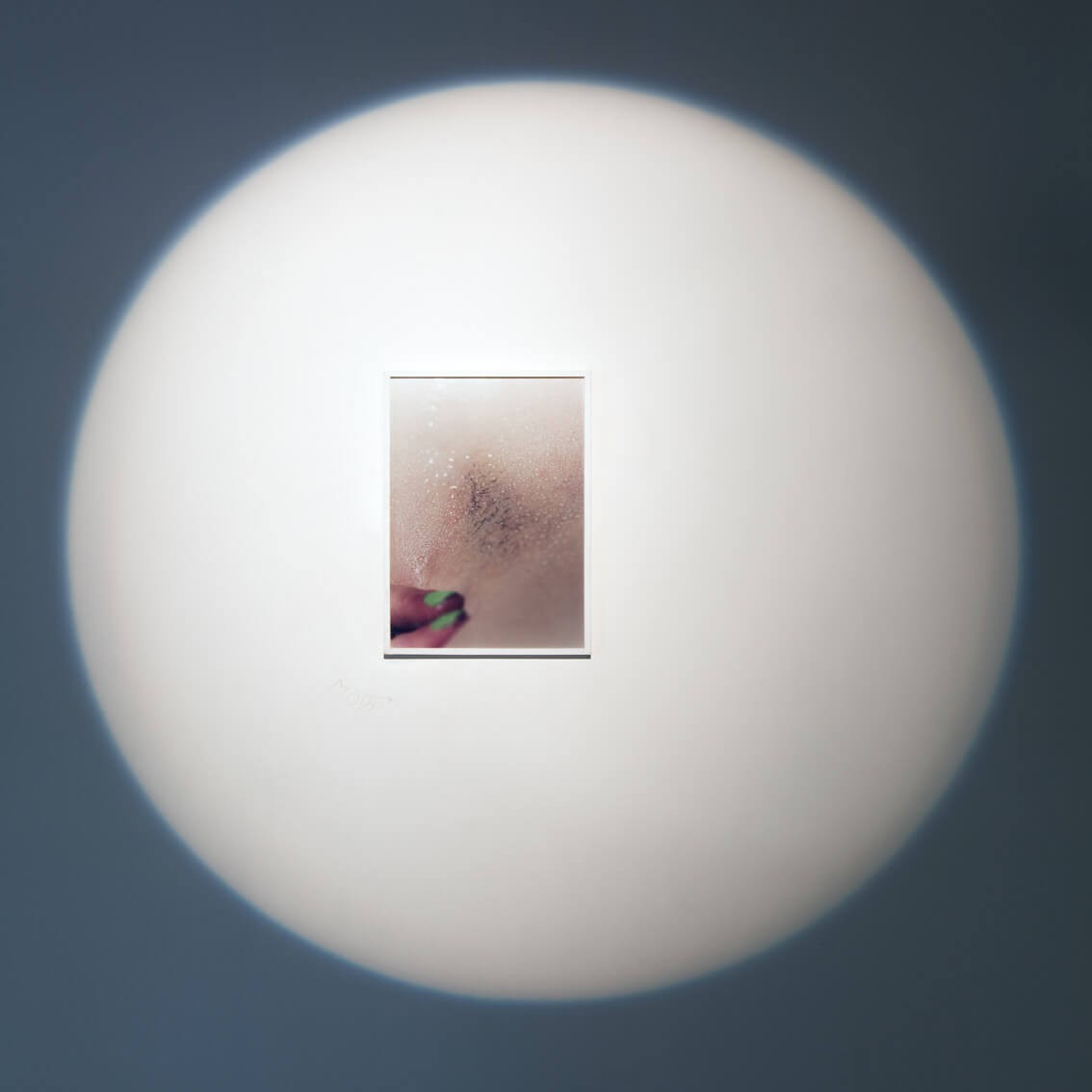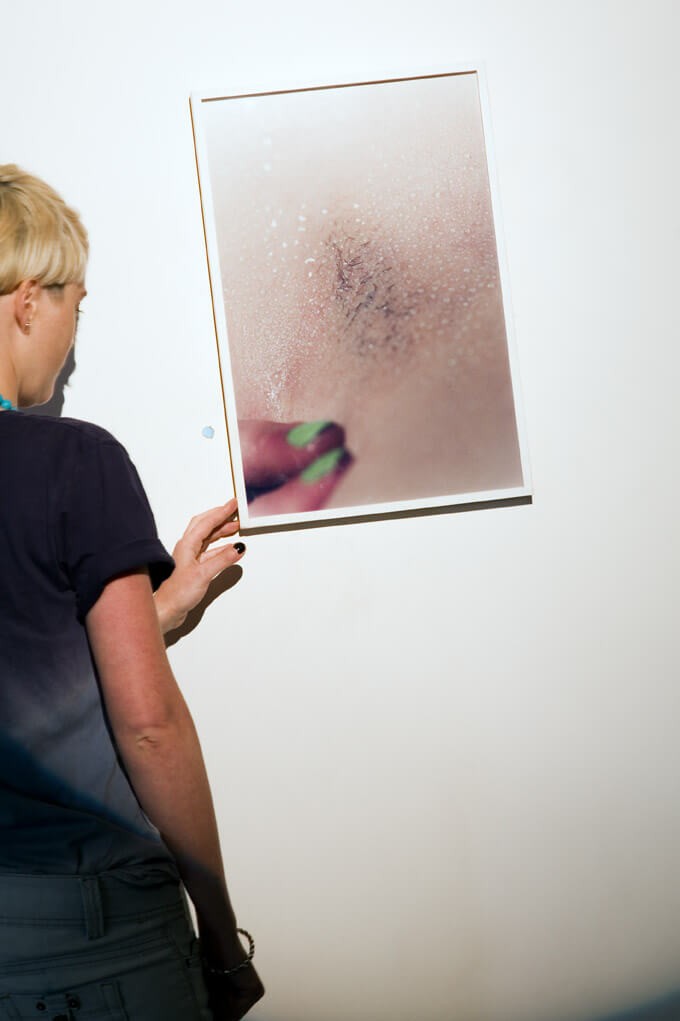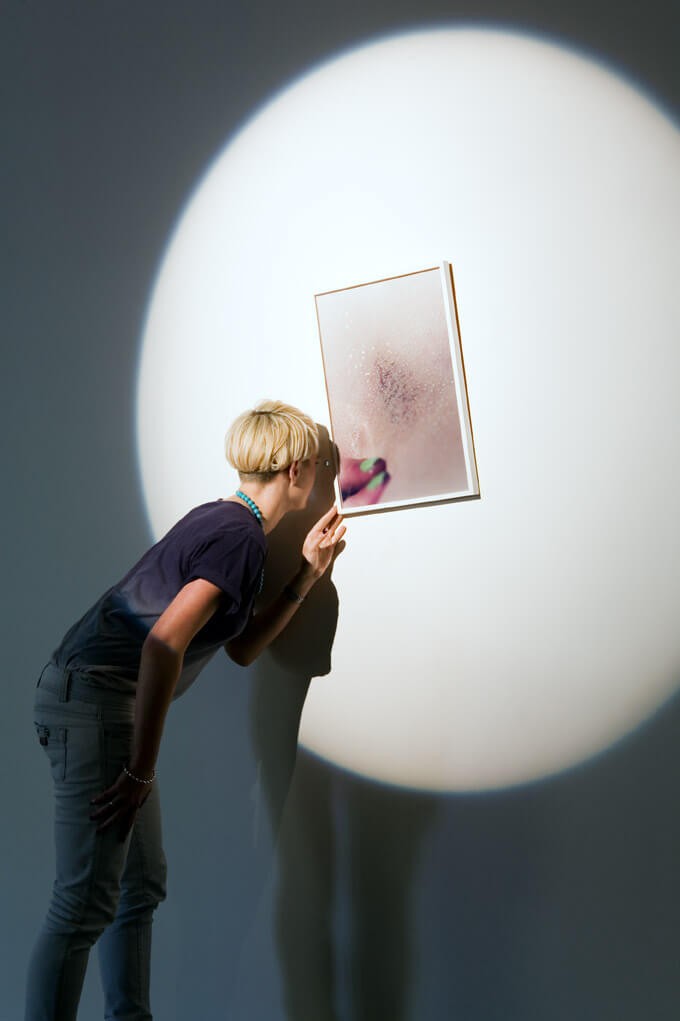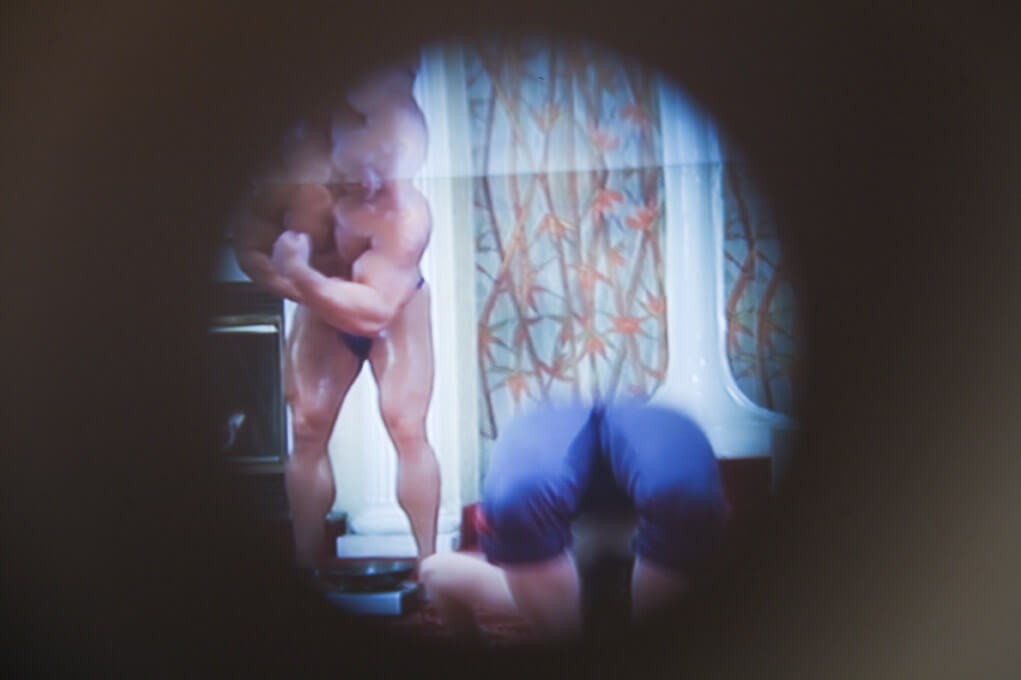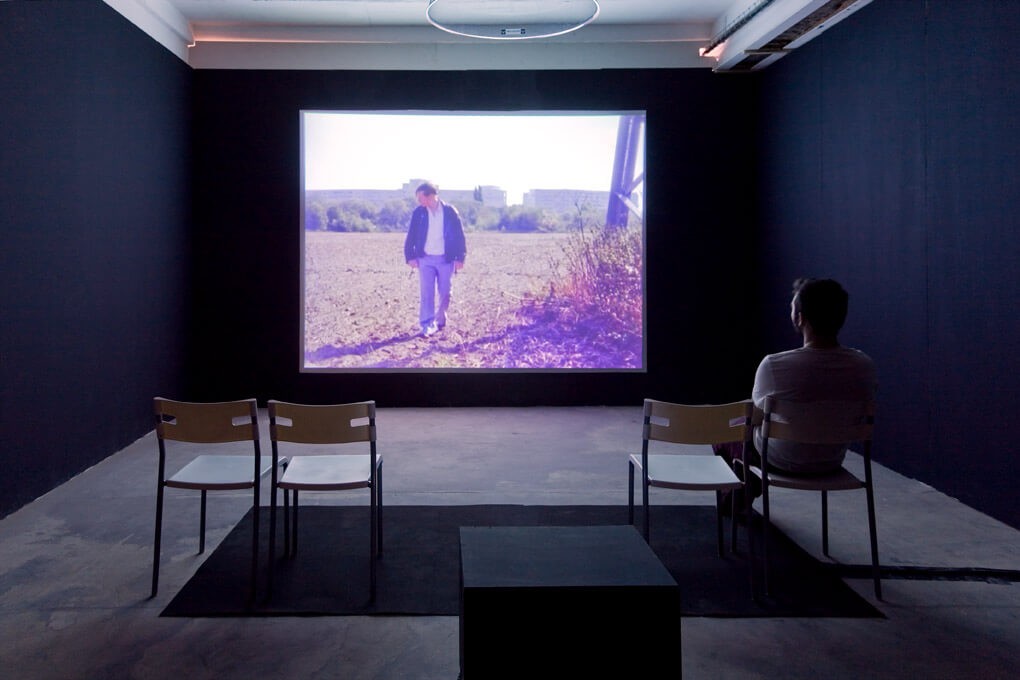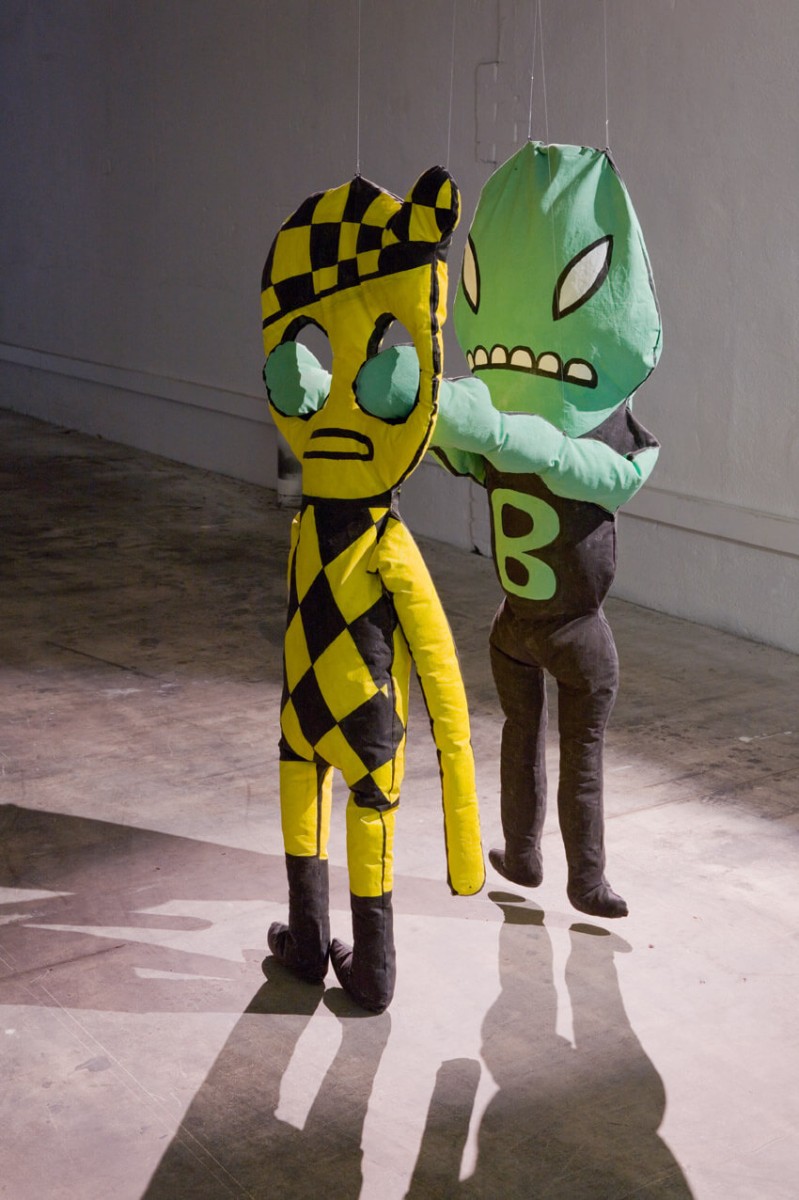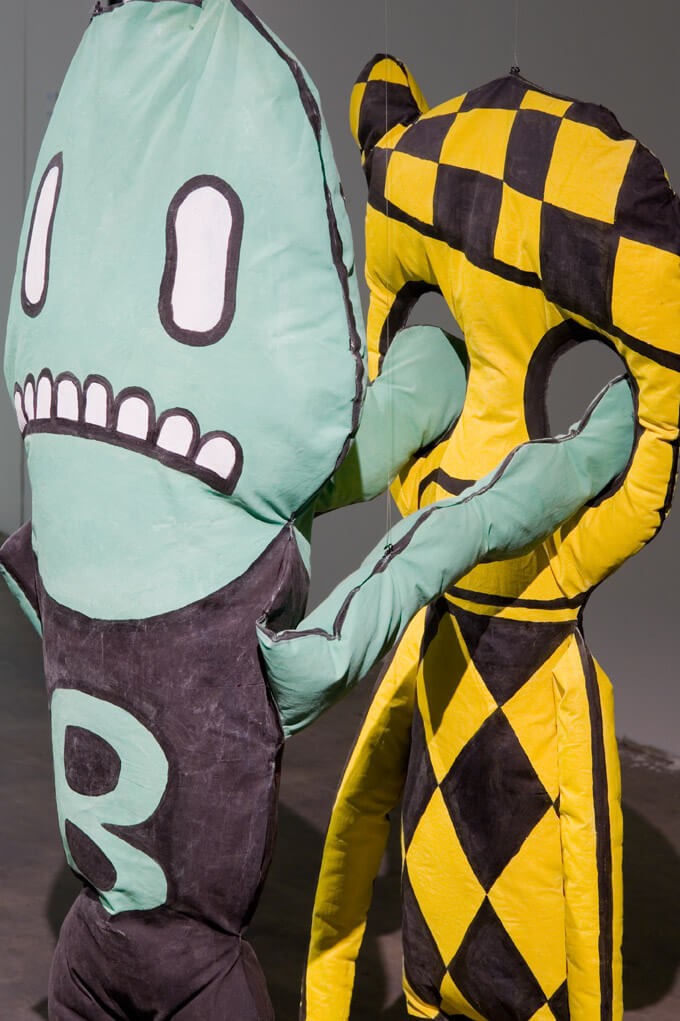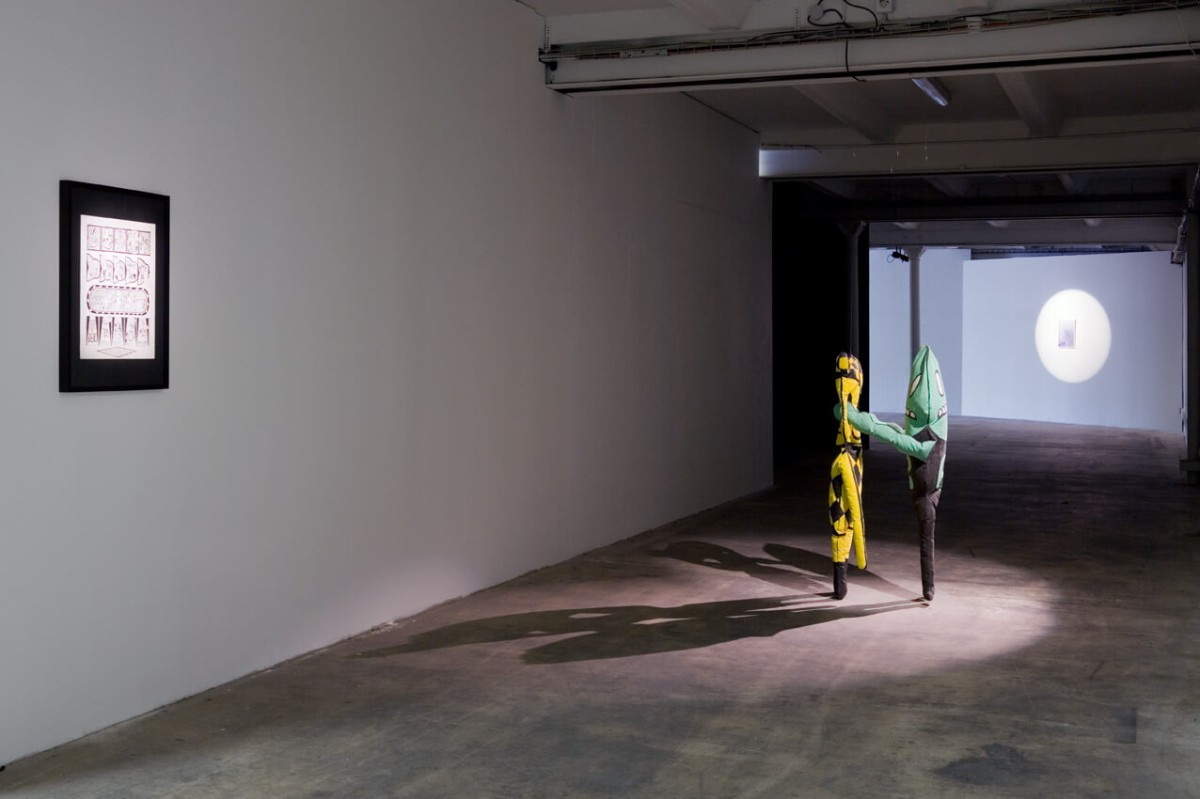Ruling ‘n’ Freaking
An occurrence of the project K.Acker: The Office, an exhibition and a program of lectures, performances, and readings centered around the work of Kathy Acker.
Curation by Dorothée Dupuis and Géraldine Gourbe
April 23 - June 11, 2011, public opening on April 22, from 6:30PM
Galerie de la Friche La Belle de Mai, 2ème étage de la Tour, 41 rue Jobin, 13003 Marseille
Exhibition by Kathy Acker with Gabriel Abrantes & Katie Widloski, Pauline Boudry & Renate Lorenz, Ellen Cantor, Salma Cheddadi, Brice Dellsperger, Gloria Friedmann, Regina Jose Galindo, Monica Majoli, Bjorn Melhus, Lorraine O’Grady, Mika Rottenberg & Marylin Minter, Karine Rougier, Caroline Sury, and Jean Luc Verna.
Lectures and performances every Thursday throughout the duration of the exhibition by Fabienne Audéoud, Rosi Braidotti, Louise Briggs, Catherine Corringer, Dorothée Dupuis, Christophe Fiat, Géraldine Gourbe, Gabriela Jauregui, Anne Kawala, Elisabeth Lebovici, Sylvère Lotringer, Laurence Viallet, and Matias Viegener.
K.Acker: The Office is a working platform bringing together two individuals with specific expertise: Dorothée Dupuis, exhibition curator, and Géraldine Gourbe, philosopher. It operates through and across the fictional universes of the author Kathy Acker. An American Jewish writer closely associated with William Burroughs, Acker had a profound influence, both overt and underground, on many artists and writers of her generation, and likely others closer to our time.
The exhibition Ruling ‘n’ Freaking, an occurrence of the K.Acker: The Office project, is conceived as an evocative protocol designed to summon Acker’s various “voices,” constructing parallel realities around them: plagiarisms of recognized authors, narrative returns to the future, anticipatory mythological fables, role-playing games between humans and post-humans, a Jewish American identifying with queer codes, sexual and emotional violence between heterosexual partners punctuated by riot girl chants, punk mysticism tinged with political consciousness from Herbert Marcuse to Kate Millet, the concern for self-control, and the multiple forms of dependency it distills.
The project as a whole reveals frictions, rough edges, and concretions from Acker’s mental space, promoting their viral contamination into other narratives, knowledges, forms, and spaces—legitimate or not—that still need to be displaced, reconfigured, or hacked.
The works shown are also sensitive incarnations of the artists’ current interest in autofiction and dreamlike forms as vectors for the political reconfiguration of reality through its representations. In contrast to a mere illustrative role, they catalyze the active agents of appropriation protocols in current practices, in light of which Acker’s work reinvests itself with a disconcerting contemporaneity.
